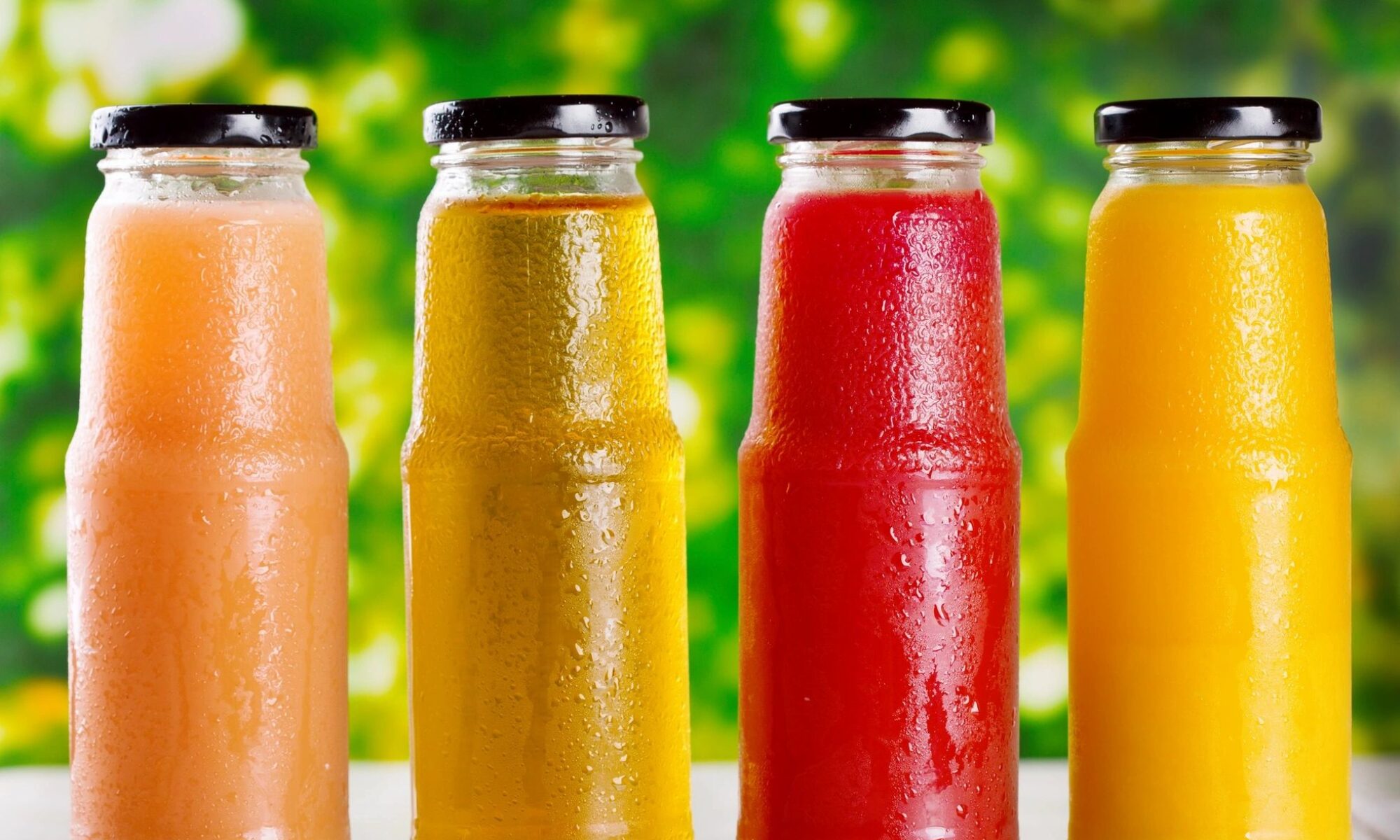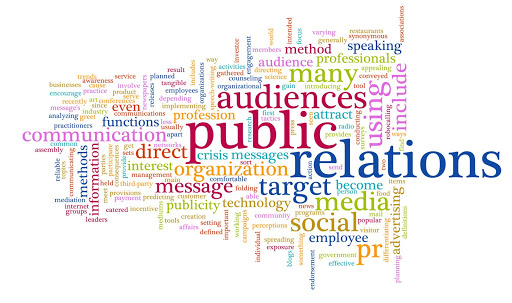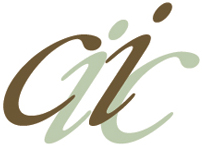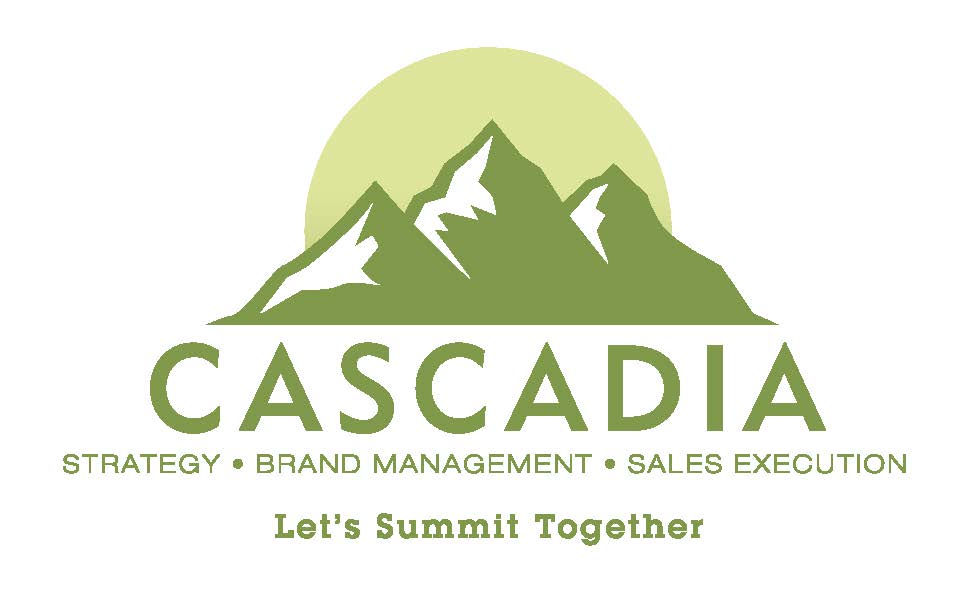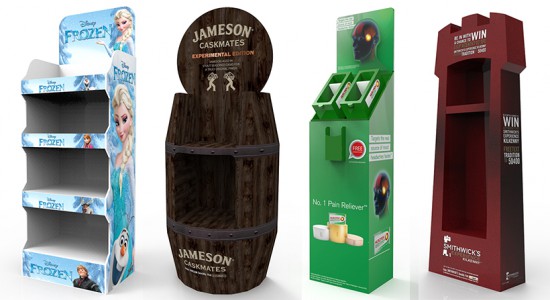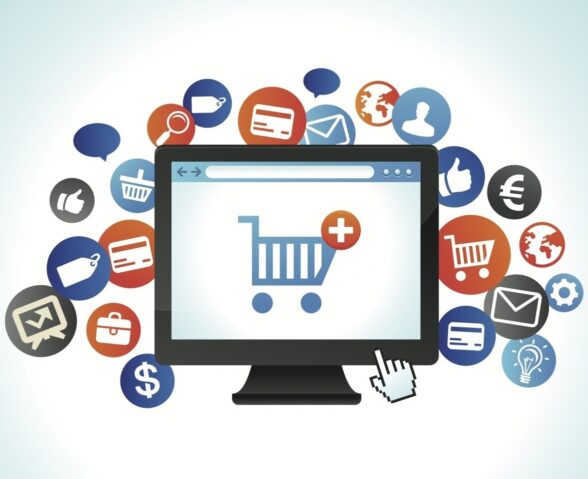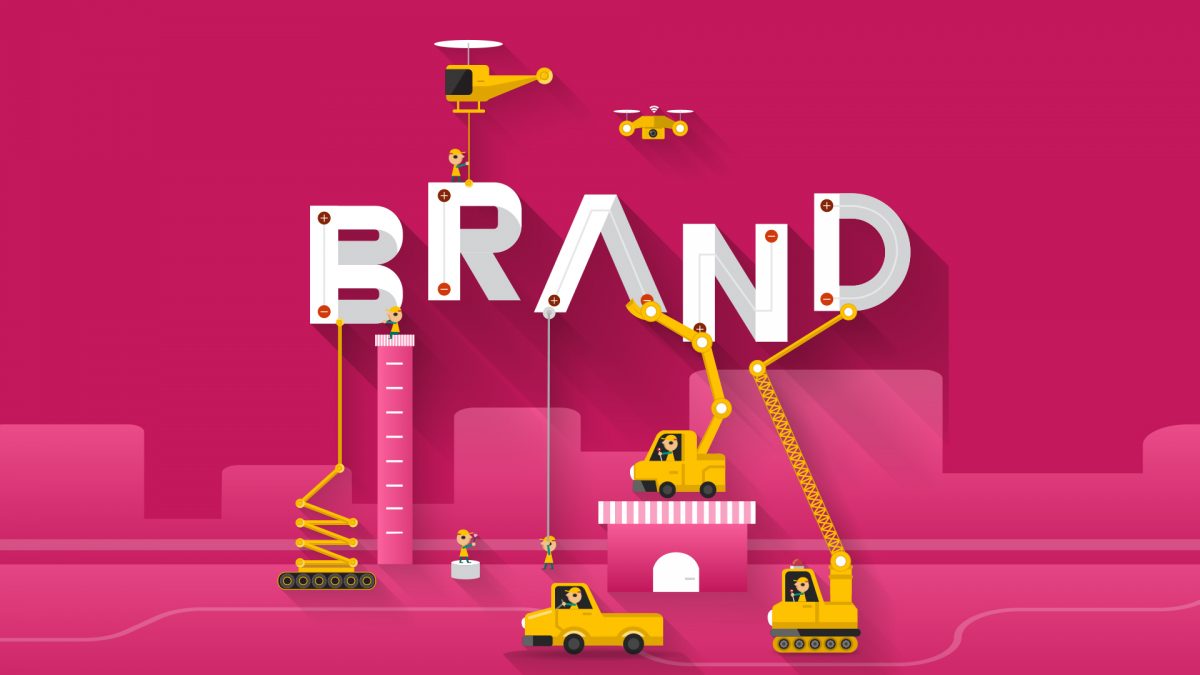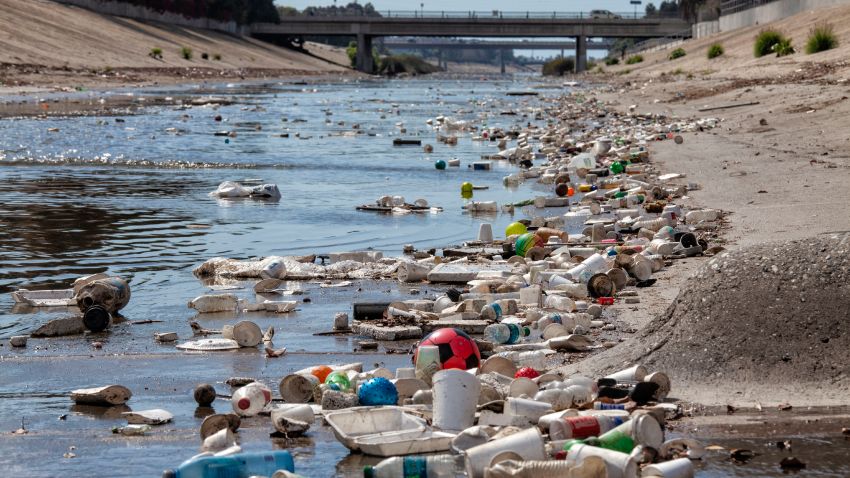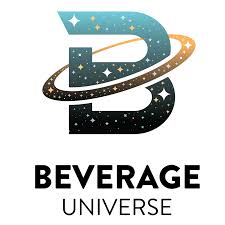The Importance of Public Relations for Food & Beverage Brands
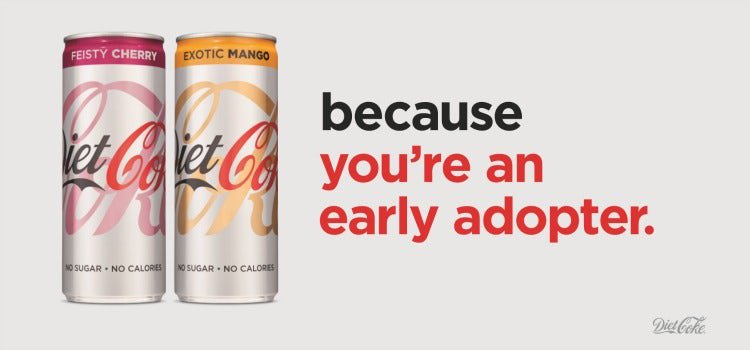
Hiring a public relations agency at the right time is crucial to the success of your brand, especially in this “Amazon Era”. A dedicated PR agency not only helps create brand awareness before and after a product launch, but also offers a plethora of services important to your overall ROI, including securing A-list press coverage, brand exposure, consumer activations, creative campaign ideation, social media management, influencer marketing, brand partnerships, and crisis communications, among other services.
Word of mouth is a powerful tool, however strategic media relations outreach and a measurable public relations program — whether you are a startup or an established brand launching a new product — will help determine the right messaging and strategic approach to ensure you reach your target consumer.
When to hire a PR Agency?
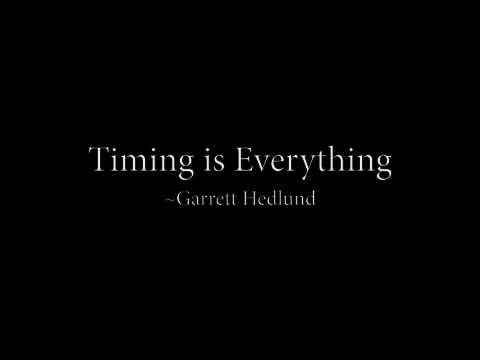
There is a common misconception that brands should engage a PR agency after they launch their product or service or once they are available for distribution, ie, at Amazon or other e-commerce platforms. Hiring a PR firm is like bringing on an experienced partner to help you throughout the “on boarding” process, from start to finish, whether it’s a rebranding, important company development or a product launch. Additionally, it often takes months to get a good PR hit (yes you get PR before 3 months),—but consider the time it takes to select the right media targets, the time it takes to send them samples, the time it takes to follow up, and the timing of their editorial calendar. Additionally long lead magazines like Everyday with Rachel Ray, Vogue, etc. work on “long lead” times which can be 3-6 months. Most long lead publications, as of the day of this writing, are already working on their November and December holiday issues.
Your PR agency will not only promote the launch of your brand or product, but will work with you from the beginning to develop creative strategies and ideas that will attract the media, retailers and distributors and your target consumer audience. They work in partnership with you to create key messages, support with website copy and content development, and conduct focus groups to learn what your consumers are looking for and how they will respond to your product launch. They often help in creating ideas that generate attention from distributors and retailers and make your brand stand out. No one wants to be considered “just another brand” by buyers.
Involving a PR company during your start up stages strengthens your brand’s credibility, builds momentum, and stimulates consumer demand. Consumer trust can also be destroyed when a company promises one thing but delivers another. Look at many poor Amazon reviews and you will see a lot of companies unintentionally over promise and under deliver. Therefore, messaging should be managed carefully. When it comes to a product launch, the consumer will already have perceptions of the brand’s product based on word-of-mouth, social media messaging, media articles, product reviews, and marketing efforts. By having all of these key tactics in place, you have a better opportunity to launch your produce or service successfully.
How does PR support Amazon reach & sales?
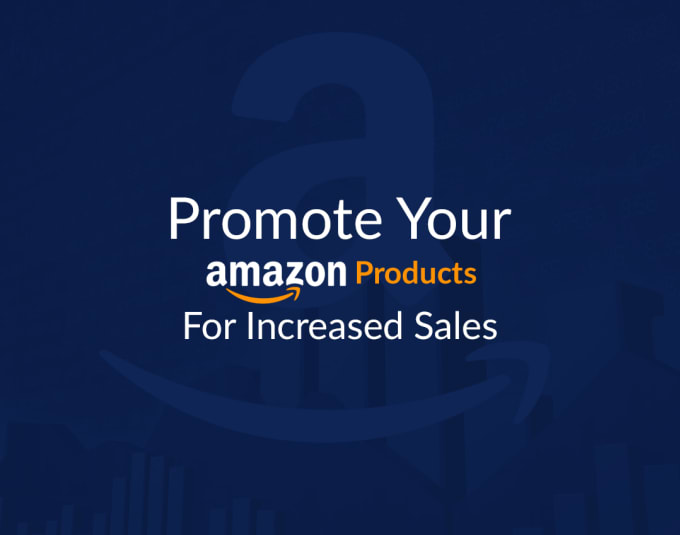
What role does PR play in Amazon sales and distribution? Product availability and Amazon distribution are promoted through public relation efforts via press releases, social media messaging and secured media coverage. When media outlets include a brand or product in a round up or feature article as a result of the PR agency’s outreach, they include the Amazon link where readers can purchase the products, resulting in sales and website traffic.
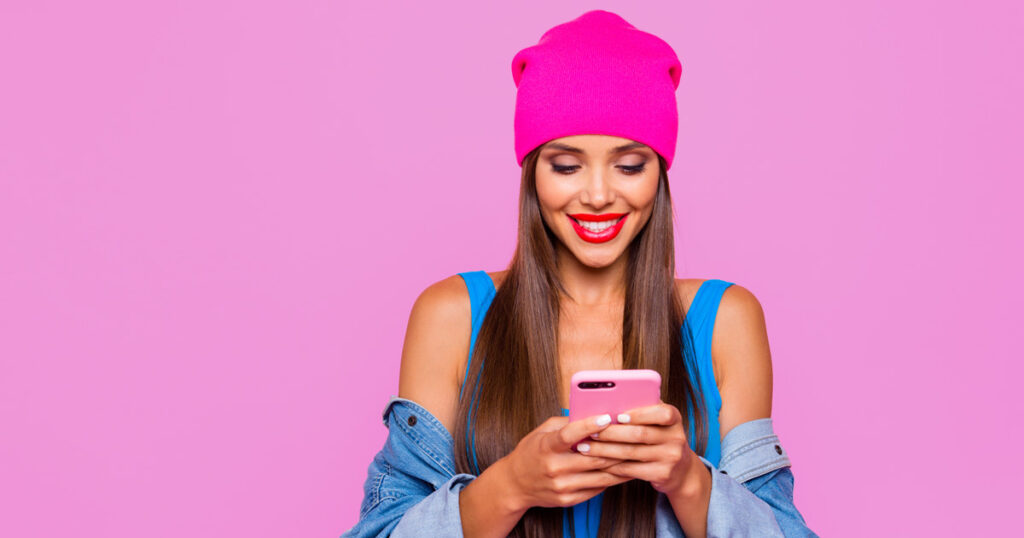
Another way PR can support Amazon sales is through influencer marketing. Influencer marketing has become one of the most sought -after channels to reach consumers organically. Whether we like it or not, content creators and influencers are here to stay and their power and influence in consumers’ behavior and choices will continue to grow.
Like many businesses, Amazon engages with influencers to promote its products through affiliated links. Through the Amazon Influencer Program, influencers receive a portion of the sales of a specific product they promote in their social media or blog when people click through the affiliated link. Although there are no additional fees for brands and Amazon covers the commission for each unit the influencer sells through their shop, there is no guarantee influencers will promote your product unless you are working directly with the influencers.
Here is where your PR agency comes in to support through an influencer partnership and campaign. Your PR agency partner can manage the influencer campaign on behalf of your brand by carefully vetting influencers, providing recommendations, drafting the messaging, providing key branding assets and overseeing deliverables and results.
For a brand trying to increase their sales on Amazon, leveraging influencers is a great way to raise brand awareness, grow exposure on the platform, and generate sales as influencers have the credibility and an audience who is looking for their recommendations.
Want to learn more?
Cascadia has partnered with CIIC (www.ciicnews.com) to provide consulting or project-based PR services to brands looking to successfully compete in the food & beverage industry. Contact Paola Cuevas at [email protected] to learn more about their food & beverage experience and how they can help you get your product in the news and “off the shelves” in no time.
Cascadia Managing Brands offers its clients outsourced sales, brand management, Amazon setup and sales, traditional retail sales, marketing, new product development, operations, production and logistics.
Cascadia Managing Brands helps brands reach critical mass faster, cheaper, better, and smarter. From business plan development to the actual execution of the plan, from strict consulting advice to managing your sales or sales team, marketing and operational plan; Cascadia Managing Brands is the outsourced resource for large and small beverage companies alike.
Cascadia Managing Brands has over 75 plus years of food and beverage experience including Evian, Zico, Hint, C2O Coconut Water, Nantucket Nectars, Fresh Samantha (Odwalla), Naked Juice and many more.
For more information about Cascadia Managing Brands please visit us at http://www.cascadiamanagingbrands.com. Please visit our Facebook Page at http://www.facebook.com/Cascadiamanagingbrands or our Twitter page at http://twitter.com/cascadiabrands.
For additional information about Cascadia Managing Brands go to www.cascadiafoodbev.com
So You Want To Launch A Brand? Why You Should Start Now (Part III)
This is the third installment of So You Want to Launch A Brand? Why You Should Start Now and we will discuss some tactical aspects of a brand launching including basic Point of Sales Material (POS), Presentation, and Insurance. The next installment will cover Distribution strategy and Execution as well as a recap of the three part timeline.
Let’s start with Point of Sale and Presentation.
Point of Sale Material and Presentation
Now that your name has been chosen, your logo and label has been developed and the FDA attorney has approved your label, it is time to start working on developing your point of sale material and distributor or key account presentation. Point of sales should be seen as a “silent salesperson” informing the consumer about your product when you can’t be there to do so.
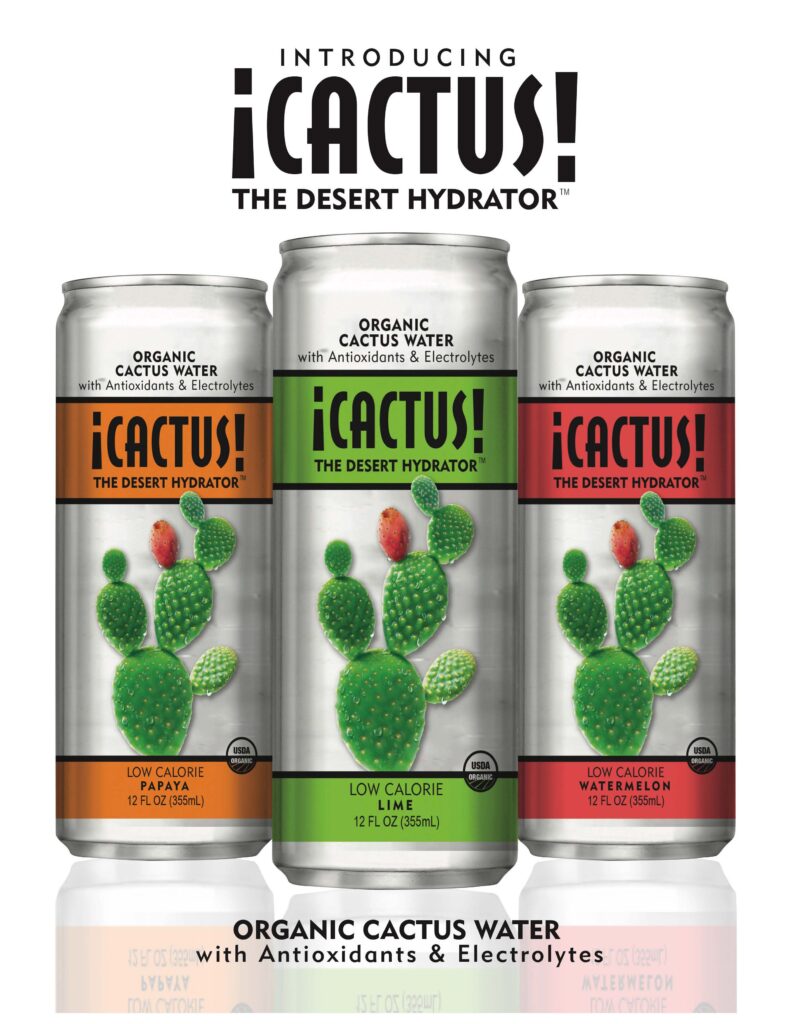
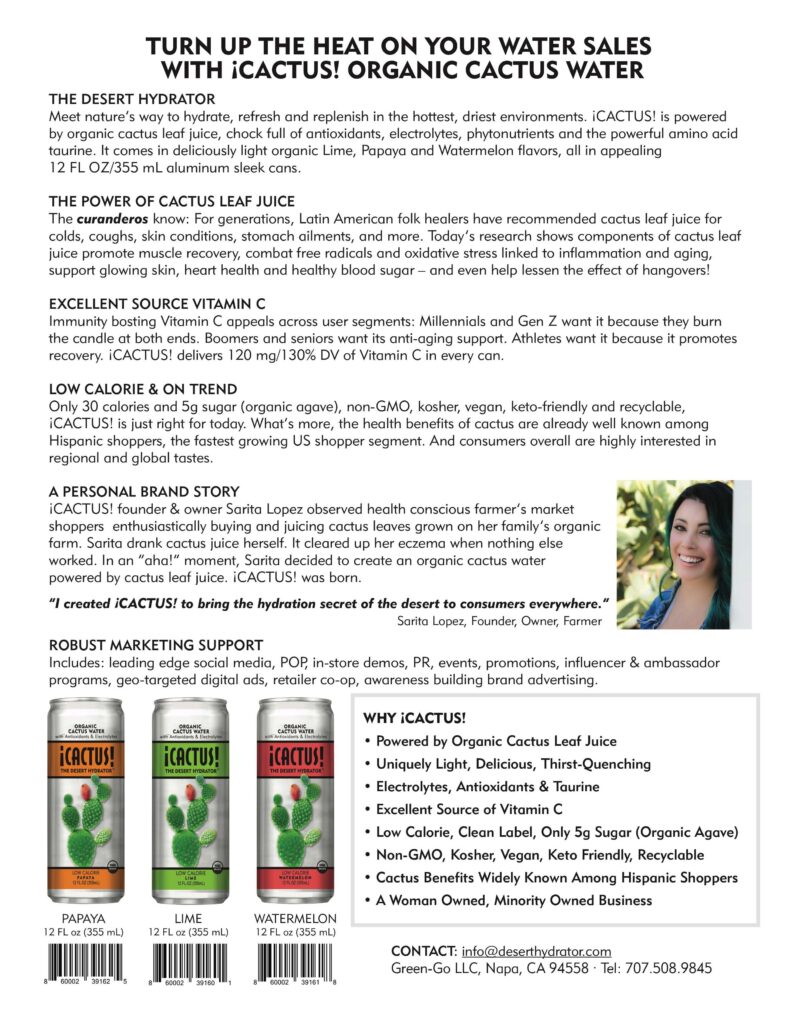
There are a few very basic, standard point of sale needs today:
- Product Sell Sheet with UPC Codes and specifications. Understand that consumers will never see this sell sheet. Your customer here is your distributor or key account. Your distributor and key accounts have a lot of criteria for buying a new product, but, at the end of the day, they both want to know how much money they can make from selling your product! Make sure your headline and graphics grab attention (must key into your USP) and tells them they can make money by selling your product. More often than not, brands develop their sell sheets with a focus on the consumer. Consumers will never see this item.
- PowerPoint Presentation. Every brand needs a 10-12 page presentation showing their USP, features, benefits, bridge (the bridge links features and benefits together and explains what this means to the buyer), planned marketing activity including social media and events, trade show participation, and any category or brand data you can find. You can usually find a lot of this beverage for free or very little using a google search or at Bevnet.com, Beverage Industry or Zenith International. If necessary, and if you budget allows, you can purchase data at Beverage Marketing Corporation, IRI, Nielsen, SPINS and others.
- Cold Box sticker. If you are looking for distribution in refrigerators you should have a stick that you can put on the glass door of the refrigerator promoting your product.
It takes the average consumer 3-5 seconds to make a buying decision. Your point of sale material is a silent sales person when you are not in the store.
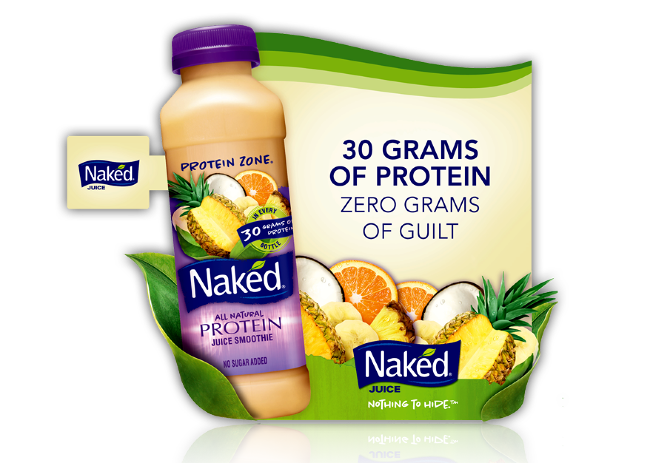
7Channel strip. A channel strip is a piece of laminated plastic that fits into the channel of the retailer’s shelf and promotes your brand.
Wobbler. Wobblers is also a piece of plastic that goes into the retailers’ shelf but wobbles as people walk by and the breeze makes them move.![]()
Display Unit. If you are looking for non-refrigerated distribution, you should consider having a limited amount of display units that you can give retailers to display your product.
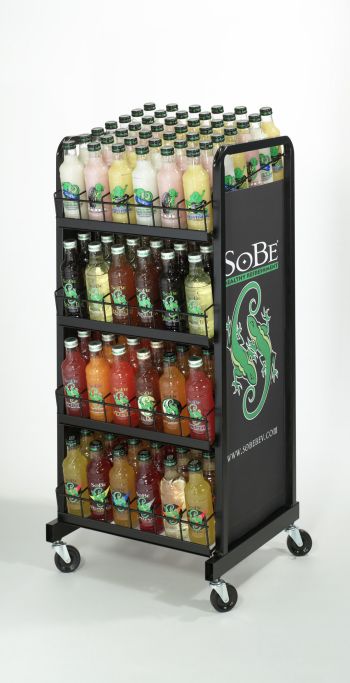
One thing to note is that not all stores allow point of sale material to be placed in their stores.
All things being equal, it should take about 2 weeks to design these items and about 2 more weeks for a printer to print these items. The PowerPoint presentation might take a little more time to create and make look great.
Liability Insurance
Now that your product is being developed and hopefully ready to produce commercially soon, you need to purchase Liability Insurance. Large supermarket and natural supermarket chains will require you to have between $2 million and $5 million of product liability insurance. Otherwise they won’t buy from you. An insurance broker will give you a questionnaire to fill out and your rates will depend, in part, on your answers. You need to know how to fill out the form properly. Let’s assume this process takes 3 weeks from start to finish.
Cascadia Managing Brands is a strategy, brand management and sales execution firm that helps startups succeed. In this bi-weekly series Bill Sipper, Managing Partner, shares his insights on:
Brand Positioning and Logo and Label Development
Intellectual Property and FDA Compliance
Future articles will discuss:
Brand Positioning and Logo and Label Development
Intellectual Property and FDA Compliance
Point of Sale Material and Presentation
Liability Insurance
Distribution Strategy
Sales Execution
Overall Timeline
eCommerce: Thriving in Our New Normal
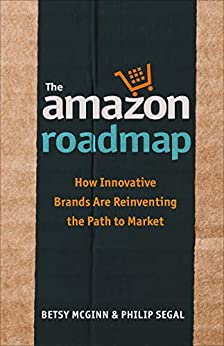
Written By Betsy McGinn and Bill Sipper
I started working with Betsy McGinn several months ago. Betsy is the leading expert on selling on Amazon and has written and excellent book called The Amazon Roadmap: How Innovative Brands are Reinventing The Path to Market.
Betsy has given us an MBA in Amazon and since we have started working with her and since she has been coaching us our clients have greatly increased their Amazon sales. Betsy handles the strategy and we handle the execution.
Betsy and I decided to co-write an article a few months ago. However, I will be the first to note that Betsy is the author of this article and I am just the “co writer”. The information contained in this article will hopefully help you understand and prepare to increase your Amazon sales…
A byproduct of the threat of COVID-19 is that it’s taken eCommerce in the US to new heights. Amazon.com has hired 175,000 new employees, Instacart has been forced to scale in ways and at a speed never dreamed of, and high demand has resulted in continuing out-of-stocks on some essential items we all need. The subset that so many of our clients play in – grocery – has grown in ways no one predicted, and may even accelerate the adoption of online grocery by 4 to 5 years. Brands are scrambling, not only to meet consumer needs, but to up their game in eComm. eCommerce no longer represents incremental “nice-to-have” sales; it’s now essential to a brand’s success, and maybe even its survival.
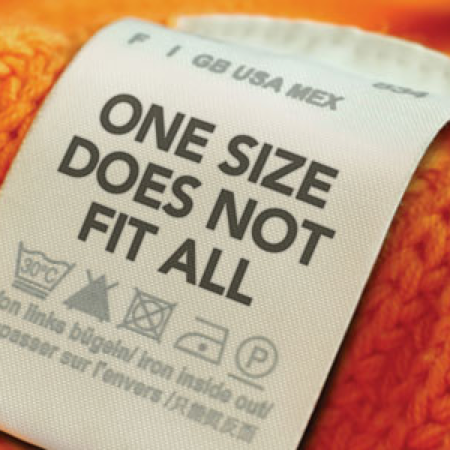
But here’s the challenge: eCommerce strategy and execution aren’t one-size-fits-all, and can’t be relegated to a single division within your company to handle. Everything about this new retail dynamic requires a commitment of the whole organization to truly understand, and to meet the needs of this varied and often confusing channel. Here’s why: Amazon is nothing like Direct-to-Consumer (DTC), which is nothing like Fresh Direct, which is nothing like Instacart. Yet, many companies lump any retailer with a .com in their name into one bucket.
Let’s break it down.
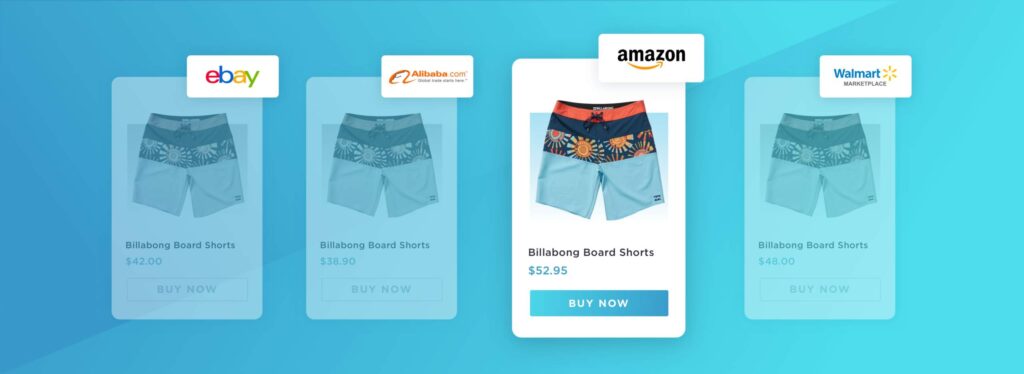
Amazon is the beast of eCommerce. Whether you love ‘em or hate ‘em, they account for 49% on online sales, and are by far the largest online grocery retailer. Their 105 million Prime members convert at a rate exponentially higher than most other eComm options. Seems like a no-brainer to take advantage of the power wielded by this giant, right?
But here’s where it gets tricky.
First, all but the largest CPG brands must sell their products in Amazon’s 3d Party marketplace, which works beautifully for many of the companies we work with, the digital natives that are scrappy and nimble. But it can be anything but simple for many others. Because 3rd Party marketplace means you’re the seller. You own the product, and if you use Amazon’s fulfillment feature, Fulfillment by Amazon (FBA), you’re essentially adopting a consignment model for your brand. So here are the questions: is your company prepared for this? Is finance able to adapt? Can operations label and ship product to Amazon’s fulfillment centers and meet Amazon’s standards? Do you have the right product packs (selling a single unit of most grocery items will not be profitable for your company)? Lots of considerations for your team to work out.
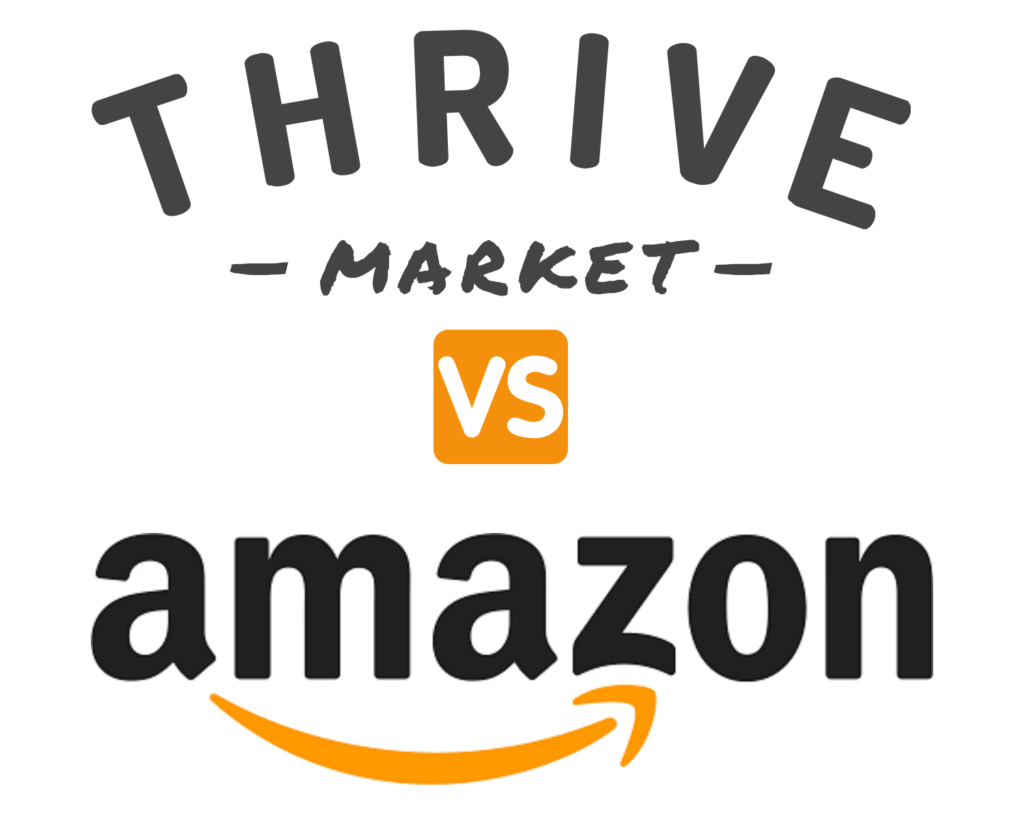
Secondly, there are eComm partners like ThriveMarket and Vitacost, which you may sell through one of your distributors. They provide a basket-building model where individual selling single units does make sense, so are they really any different than any other of your retail accounts? Your major involvement will be around pricing, discounts and promotions – just like your brick-and-mortar partners. So, should your eComm team be responsible for managing these partners?
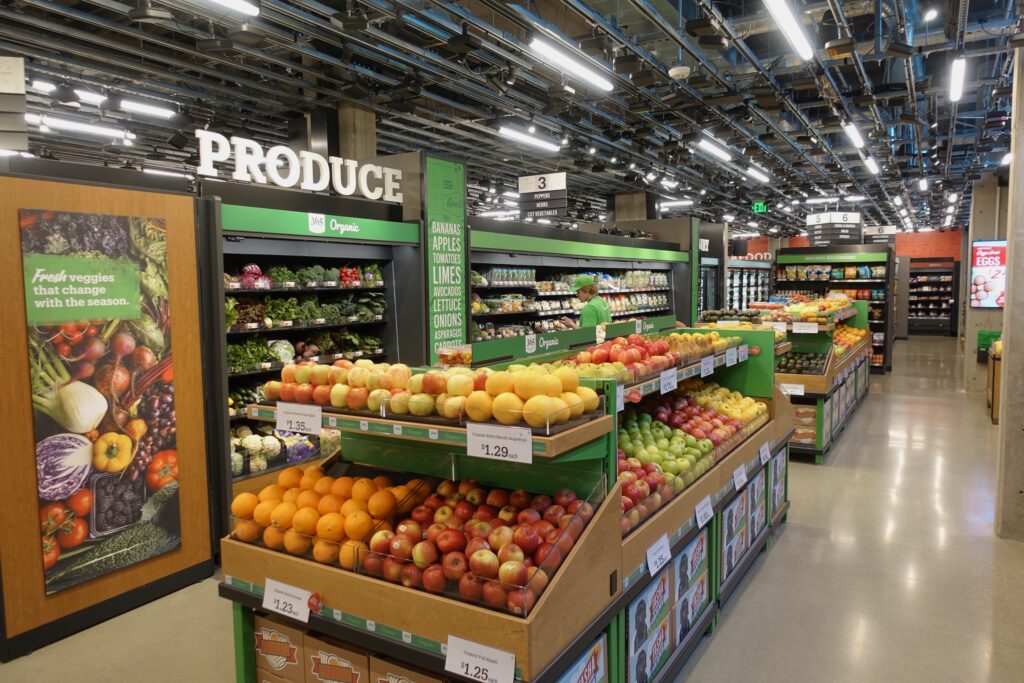
Third, there is eCommerce through Brick-and-Mortar grocery – either click-and-collect or delivery. Often everything about this business is merged with the processes and model of the grocery store itself – rather than a separate buying division, warehouse or operations structure. Promotions and advertising align with what is going on in the store which raises the question: is this a job for your eCommerce team? And to further complicate matters, there are variations on this theme, where a retailer like Walmart will sell some products on their site and the same products in their stores plus some products only through their Third-Party marketplace.
There are also dedicated grocery delivery partners like Fresh Direct, Peapod and Amazon Fresh that purchase product directly from a brand or may use its distributor. Are they eCommerce or simply another grocery account that happens to deliver?
Is your head spinning yet? Because we have a few more questions:
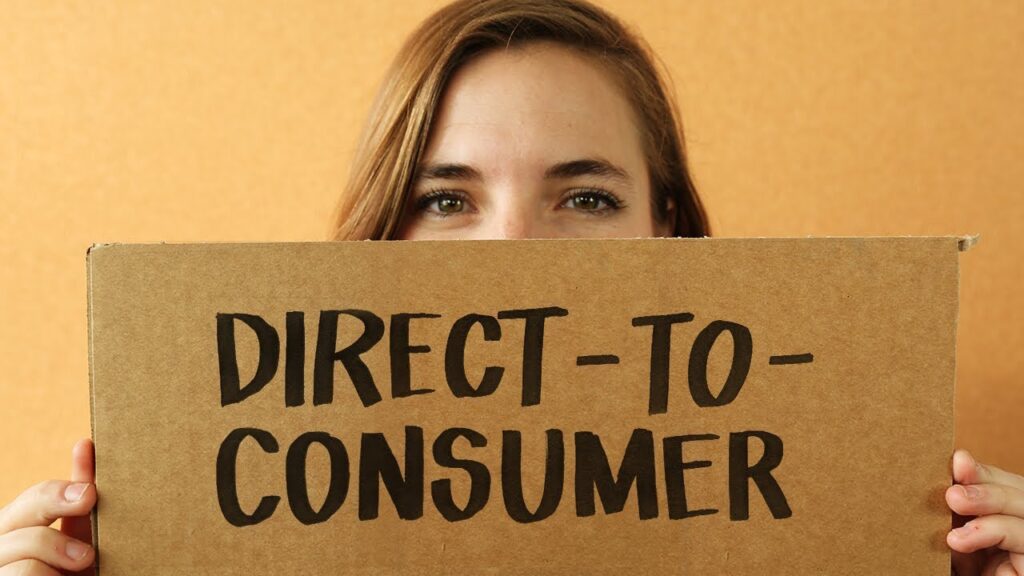
What about your own DTC? Should you sell from your own website (we say yes) and if you do, will you ship your products to your consumer, or use a fulfillment partner? Or fulfill from your Amazon FBA inventory? Do you sell the same products as you sell to other online and brick-and-mortar retail partners or a differentiated set of products? And who in your company manages this completely different model than eComm retail partners
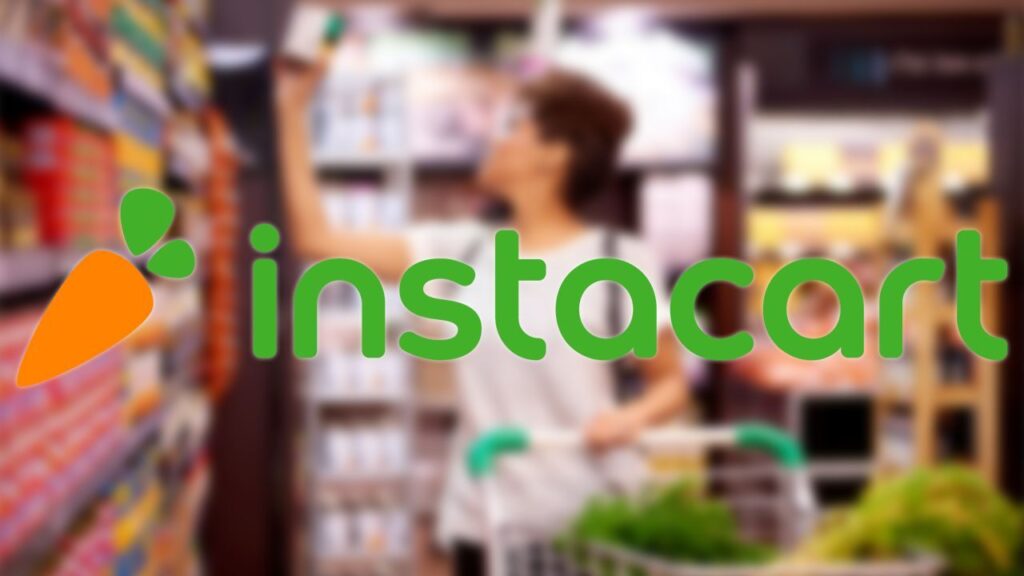
Finally, there’s the “Grubhub of Grocery” – Instacart. They don’t buy or sell anything, but instead, act strictly as a delivery mechanism from grocery stores. But they have instituted features, like coupons and advertising, that can benefit a brand regardless of the retailer the consumer chooses to purchase from. So where does this business live in your company?
All of this is to say it’s time to get serious, figure out how to make this complex opportunity work in your organization, and get in the game. Grocery eComm was already a fast-changing, fast growing channel, and the pandemic crisis has increased that exponentially. Creating an eCommerce team, and putting all these diverse business models on their plate simply won’t cut it. Every brand has to decide if they have the bandwidth to embrace the unique business models listed above, and if they do, figure out how to structure themselves around each one of them.
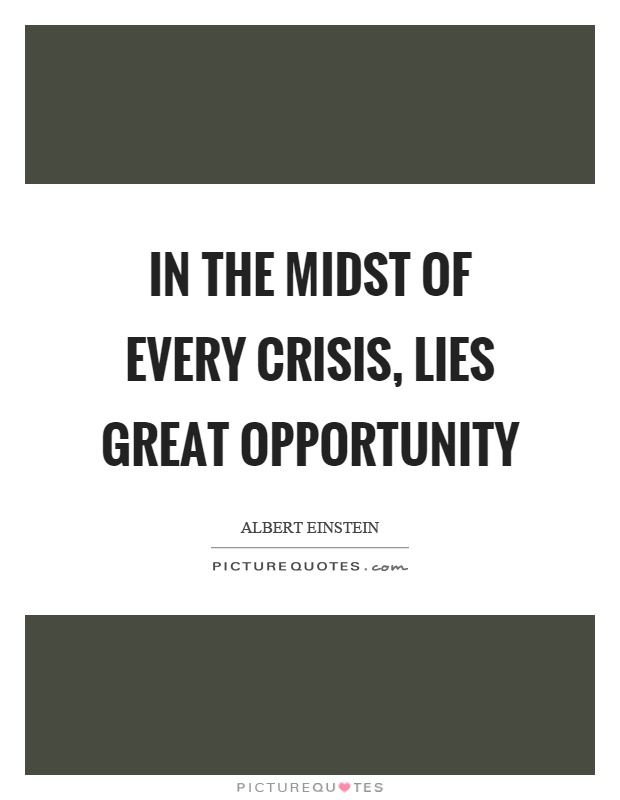
Albert Einstein said, “In the midst of every crisis, lies great opportunity.” And as devastating and painful as the crisis we’re facing now has been for so many people and companies, many of the brands we work with have not only avoided loss, but have been able to able to thrive. By taking time to understand the landscape and doing what it takes to adapt, amidst the chaos, they’ve found their own great opportunity while also providing a great service to their customers.
Written by Betsy McGinn and Bill Sipper
So You Want To Launch A Brand? Why You Should Start Now (Part II)
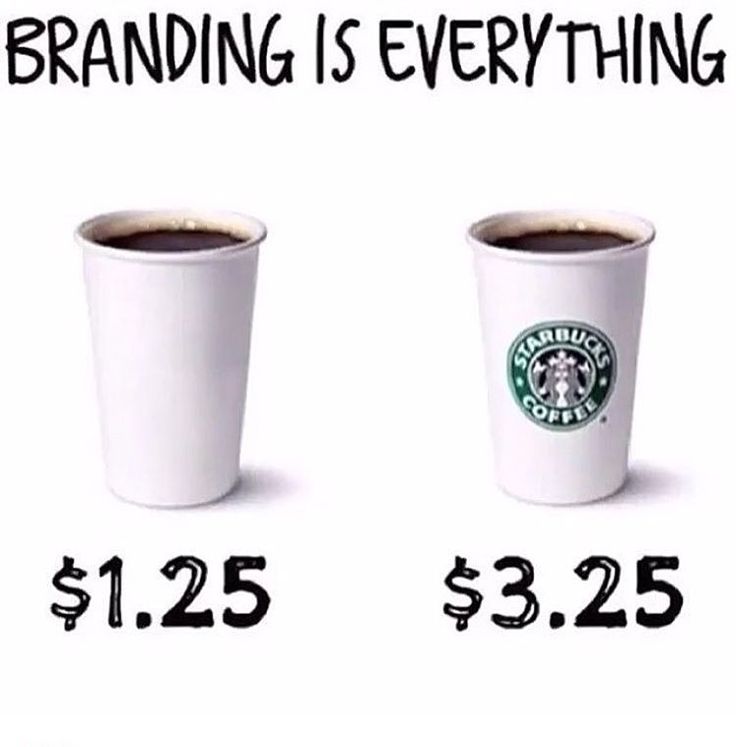
This is the second installment of So You Want to Launch A Brands? Why You Should Start Now and we will discuss Branding, Positioning, Logo and Label Development as well as Intellectual Property and FDA Label Compliance.
Brand Positioning and Logo and Label Development
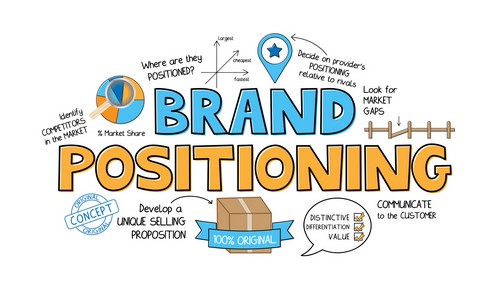
While you are waiting for your shelf life test results, if you haven’t already started, let’s focus on Positioning/Branding/Label/Logo Development. This is a very critical step in the process if not the most critical step.
To start, you need to determine what your Unique Selling Proposition will be. The food and beverage graveyard is cluttered with great tasting food and beverages that don’t sell because there is no Consumer Need. What makes your product different? What makes your product special? Why should a consumer purchase your product?
Sometimes this information is crystal clear to entrepreneurs and sometimes it takes a while. Please understand the world does not need another regular energy drink in the same size can and with the same ingredients of the Energy Drink market leaders.
There are a few ways you can handle product positioning. The first way is to do it yourself. Develop some reasons why you are unique and discuss it with friends and family. Sometimes this works. One of the risks involved in this scenario is that your friends and family might not tell you the truth because they don’t want to hurt your feelings. Another potential problem is your friends and family might not be the same as the consumer demographic you are targeting. However, it can be done and it has been done this way.
Another way to approach branding and positioning and your Unique Selling Position is to hire a professional like Cascadia (in fact Cascadia can do most of these steps for you) or you can hire other professionals like Arena Partners or Modernized Mobile, for example, or another reputable agency who will work within your budget. I have seen very good, small branding firms charge a few thousand dollars and done a great job and I have seen larger ones charge between $50,000 and $100,000. In this case, larger agencies do not always equal better work content and unique positions.
Listen to this. I am going to tell you a secret that will save you potentially millions of dollars. If you do not have a Unique Selling Proposition don’t start a food or beverage company. You will just be setting yourself up for failure.
The branding and positioning process should take about 30 days if you and your branding firm turn around content and feedback quickly.
Assuming you have your Unique Selling Proposition as well as your brand positioning, all of your marketing efforts will flow more smoothly.

Once you have the USP, it is time to design your logo. Logo development is a very iterative process. It can be done within 2 weeks to 4 weeks, again, if you and your designer turn around feedback and work product quickly. However, you need to be careful how you coach your designer and what you tell them. If you tell them you want squiggly lines that is what you will get, but it might not be good for the brand. The better approach would be to tell them you want some sort of abstract art in the logo. Don’t tell them you want the logo in red, for example. Let the designer do their job and give you various options to consider. Wanting what you want just for the sake of having it can create problems in this phase. After all, you don’t want a logo that you love but consumers hate. Remove your ego from the process.
Most branding and positioning firms can also create your logo and label.
Now that you have your logo it is time to start working on your label. Keep in mind during the development of your label you want to create something that will get the consumers attention AND is in compliance with FDA regulations.
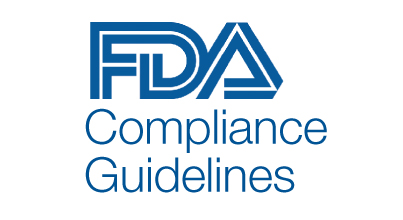
First, your agency or designer need to create your label. After that, you should send it to an FDA attorney for review. Just because other people are saying certain things on their labels doesn’t make it correct or legal. An FDA attorney will also usually give you advice about the best ways to avoid class action lawsuits which are rampant in the industry, especially in California.
The label design and FDA label review (oh by the way, your website copy, point of sale material, sell sheets, and social media content should also be reviewed by the attorney but I won’t include that in the timeline) take about another 6 weeks or so, unless you need to live photography or custom illustration for the label. That will add more time to the process.
Intellectual Property and FDA Compliance

We work with several excellent FDA attorneys. Here are a few: Justin Prochnow, Rachel Gartner, and Rakesh Amin. These firms can also handle your trademarks and patents if necessary. Be prepared for a lot of comments to your label review. Very rarely have I seen a good review without a lot of comments.
We had a client who owned an AMAZING Trademark for a name. In fact, this client could most likely have made a lot of money from a much larger company who was infringing on their logo. Unfortunately, while day-dreaming one day, I searched their trademark (to this day I still don’t know why) only to find they never renewed it and it expired. They lost all the leverage they had on the larger company and, in fact, had to get the larger company to explicitly allow the Company’s trademark in a very specific channel. Not optimal at all. But I digress.
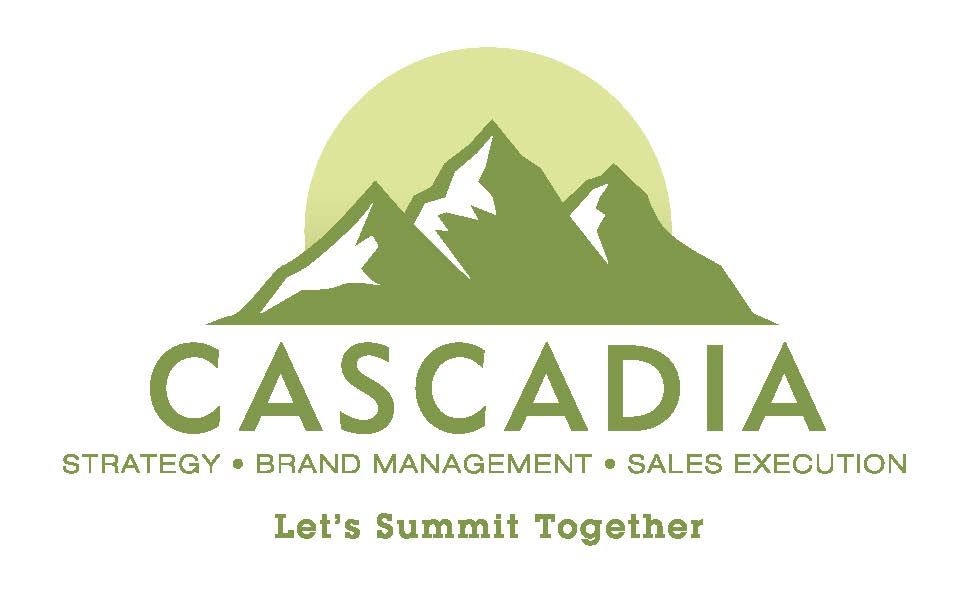
Cascadia Managing Brands is a strategy, brand management and sales execution firm that helps startups succeed. In this bi-weekly series Bill Sipper, Managing Partner, shares his insights on:
Brand Positioning and Logo and Label Development
Intellectual Property and FDA Compliance
Future articles will discuss:
Brand Positioning and Logo and Label Development
Intellectual Property and FDA Compliance
Point of Sale Material and Presentation
Liability Insurance
Distribution Strategy
Sales Execution
Overall Timeline
How to Cut a Sound Trail thru the Amazon Thicket
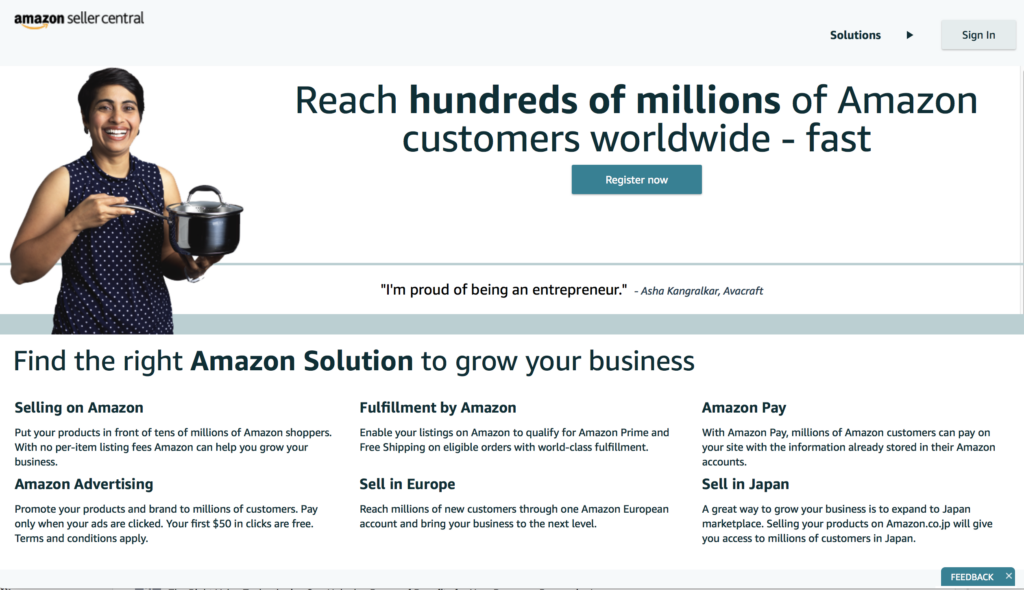
As published in Beverage Business Insights May 11, 2020.
There’s little question that online sales’ continuing inroads in the bev biz have become accelerated as conventional shopping has become more tortuous during the coronavirus pandemic. Data shared on Monster Bev earnings call last week showed that rival Celsius may be still modest at retail but it owns 10% category share on Amazon. BellRing Brands’ ceo said ecomm has jumped to 10% share of sales and may stay that way even post-pandemic. Those are eye-popping stats. Should your early-stage brand make the leap? Does the chaos of the current crisis make this a good time or a bad time do so? Bill Sipper, partner at Cascadia Managing Brands in Ramsey, NJ (CascadiaFoodBev.com), offers a primer here on what factors should go into your decision-making and how to plot your strategy.
“Our vision is to be the earth’s most consumer-centric company; to build a place where people can come to find and discover anything they want to buy online.” That’s Amazon’s mission statement. From a consumer perspective, they have achieved their goal. But what is missing from that mission statement? You, the vendor.
As much as Amazon cares about making consumers happy is as little as they are concerned about their vendors. Amazon can be daunting for even the most experienced food and beverage executive. (It certainly was a learning curve for those of us at Cascadia Managing Brands.) It is even more difficult for an early-stage entrepreneur with limited understanding of their digital space. And as I noted, Amazon doesn’t necessarily work hard to make it easy and intuitive for you. Having been steeped in these issues for our clients in recent years, I’m offering a few guidelines for navigating this challenging but potential rewarding channel.
A word first about timing. Much has been said about Amazon focusing on “essential items” during this pandemic. Yes, food and beverages typically are considered essential, but your early-stage brand may not be so essential at a time many consumers are more focused on staple items. Does this imply you should put off a launch until things settle down? Not necessarily, because of the time frame involved. It will usually take 8 weeks or more to get items listed on the platform. Amazon people are very meticulous and want information the way they want it. For example, quite often Amazon will ask you to prove that you are the brand owner and require specific, and somewhat odd, documentation to support that. It is not uncommon to receive approval to steps in your account only to have them unapproved the following day, as the company requests additional information. So the sooner one starts this process the faster the products will find a berth on the great ship Amazon.
If you decide the time is right to proceed, you first need to determine which Amazon platform is right for your brand. Amazon is not one unitary service. Rather, it offers 3 options, each with its pros and cons: Amazon Vendor Central, Amazon Seller Central Fulfillment by Merchant, and Amazon Seller Central Fulfillment by Vendor. Which platform do you choose? It all depends on your brand’s needs and your operational strength. You need to think this through because success on Amazon starts by choosing the optimal platform.
Product type and packaging are important here. Take ASC Fulfillment by Merchant, in which the order is placed on Amazon but the product is shipped by you, the seller. This is a much better platform for pills and powders, refrigerated products and glass packages (9 out of 10 times Amazon will not ship glass directly). Then there is ASC Fulfillment by Amazon, where you deliver your product to the Amazon distribution centers on consignment and it is shipped to the buyer by Amazon. This most often is better for shelf-stable and RTD food and bevs. Each of these platforms offers different options and opportunities. For example, Vendor Central allows you to participate in Amazon Pantry, Amazon Fresh and Prime Now, while the other platforms do not. ASC FBA automatically gets you a Prime designation while ASC FBM Prime offers that possibility but not a guarantee. This may all sound like gobbledygook to you now, but these are essential, crucial distinctions.
Your digital shelf on Amazon is completely different than your retail shelf. Although you will find some level of uniformity, realistically there is much more flexibility in digital. For example, in traditional brick & mortar you would most probably want to offer each one of your sku’s, sometimes individually, sometimes in multipacks, and sometimes in cases. However, you are limited to the room a retailer allows you on the shelf. The digital shelf is much different. You can offer any pack you want, whether a 3-pack, 4-pack, 6-pack or 12-pack. Variety packs and packs that meet a consumer subscription cadence are the gold standard on Amazon. So this is a key part of your strategizing for this platform. You need to settle on the right size and the right pack count with the right order cadence, and of course make this all work with your supply chain.
Price is also important – but maybe not as important as you might assume. When Amazon shoppers are polled on what’s most important to them, the top three responses tend to be: (1) free shipping, (2) most likely to have the product I want, and (3) better prices. According to Consumer Research Report by Salsify, 2019 69% of consumer will abandon a product page for lack of information or details, a significantly greater driver than price.
Therefore, the content on your digital page (again, think of it as a shelf) is critical, from the type and number of photos, to the titles, to the bullet points. All these things affect your search ranking. Reviews also help in the search rankings and consumers like to see what other people are saying. Focus on getting quality reviews, not quantity.
Last but not least is promotion and advertising. You don’t have an Amazon business without marketing inside Amazon and out. But don’t spend one penny until your content is right. Amazon offers programs ranging from pay-per-click (PPC) to brand sponsorship, product sponsorship and brand store. These need to be combined with search engine optimization and key words on your pages. Yes, it’s a complex matrix, but again, you won’t have a successful Amazon business without thinking these issues through.
I should note that one of the downsides of Amazon is the lack of overall data you will receive about your consumer. Yes, Amazon captures a great deal of data about its shoppers and their purchasing habits, but it doesn’t share much of it. For vendors using Seller Central, the only consumer data you will be able to see is age, household income, education, gender and marital status. Amazon owns the relationship with the consumer. Vendors would receive a lot more consumer data if they sold their products on their own website. But consider this simple bit of arithmetic: Amazon receives 200 million unique views per month, while the average food and beverage startup’s website will receive no more than 50-100 visitors. So do the math. More often than not, even with a lack of consumer data, the sheer consumer volume on the Amazon platform will offer greater sales. Brands would have to spend a considerable amount of money to secure enough views of their website to come close to Amazon’s sales potential. It is a tradeoff that needs to be considered.
If you have a very large brand and if you have a lot of capital to invest in Google search terms and pay-per-click ads, and you have a large database of social media followers, you might opt to sell your product from both your website and Amazon. That could yield incremental sales and capture your consumers’ data directly. However, if you don’t have a large amount of capital (although you still need some to support your Amazon marketing), then it is best to focus on selling your product on Amazon. If you happen to generate sales from your website, that is great. But I would not invest a lot of time there. It is worth noting in this context that Amazon is the #1 search engine for retail products. More than 70% of online consumers begin their product searches with Amazon, versus just 11% with Google. Think about that.
If you’ve read this far, you understand that Amazon can be very difficult to set up if you don’t know what you are doing. It is not as easy as just throwing some photos and words on a page. Today, many brands launch exclusively on Amazon because the barrier to entry and costs are relatively low compared to the requirements of operating in the bricks-&-mortar world, from recruiting distributors to paying slotting fees to running in-store demos. Amazon sold $8.2 billion of grocery items in the US last year (compared to Walmart’s online business of just $2.4 billion). It can be a great place both for large brands and small ones. But only if you have a plan.
So you Want To Launch A Brand? Why You Should Start Now
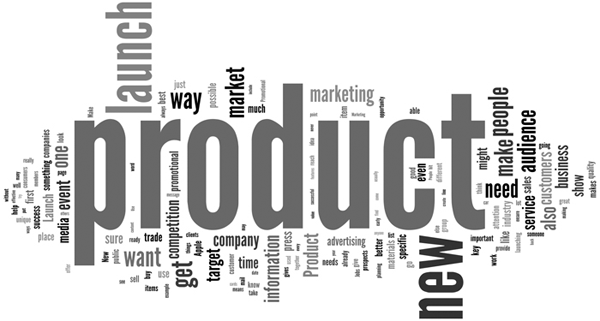
I started writing an article showing the steps and timeline for creating a new food and beverage brand. I wrote more than I expected so I decided to post the article in bite size pieces here on a bi-weekly basis.
The pandemic, amongst other things, has caused many entrepreneurs to pause and re-think their strategy. Many entrepreneurs who have great new food and beverage ideas are waiting to see what happens. I can say, that is a very bad strategy for entrepreneurs because while they wait, others will be moving forward and will be the first to gain shelf space when the country goes back to our new normal.
Let’s look at a typical timeline for a new food or beverage item. For arguments sake, let say you already have an idea in your head. What do you do next?
Research and Development
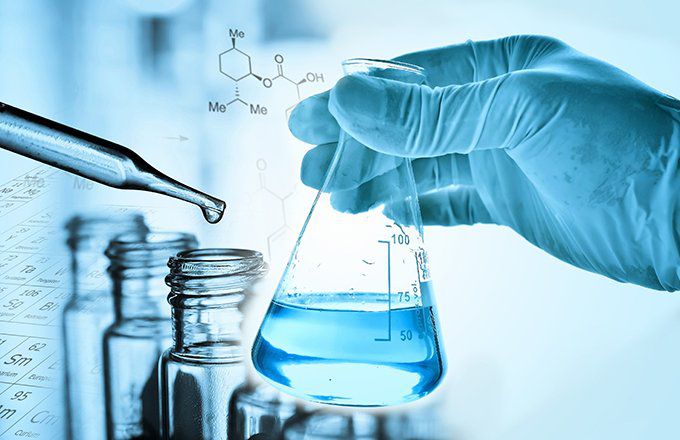
Let’s start with research and development. You might be able to create your product in your kitchen today but it will be much difficult once you move to the production phase. For a very basic example, let’s say you are using Heinz ketchup as an ingredient. If you were to order Heinz ketchup in a 50-gallon drum, the minimum size you can usually order for a production run, it would be very expensive. Depending on how much you use, Heinz Ketchup may make your product too expensive to sell or too expensive to make a profit. Heinz ketchup has a certain taste profile. When you move into production you will most probably need to buy a less expensive but high-quality ketchup. Where do you go for that? How do you sample the different types of ketchup being sold in bulk? Will the manufactures send you free samples if you are a startup?
This all leads up to you probably should hire a person or company, like Parkside Beverage, Beyond Brands, or Metabrand amongst other reputable firms. Get your recipe or formula done right the first time. In the grand scheme of things their fees are not a lot of money and you need to get it right the first time. Re-formulating takes time and money.
I have been on the floor of production facilities with clients who created their own recipes and were trying to adjust the formula on a fly. It was a disaster. I remember one time being on the production line when someone’s formula would not work because the ingredients were too thick and they were clogging the filters. That costs a lot of money. The client had to pay for the entire day of production even though he/she was never actually able to produce their product. My advice, stick with the professionals and they will save you a lot of money in the long run.
Now let’s look at the timing and timeline. Formulation companies aren’t waiting for new entrepreneurs to contact them. Even during these Covid 19 times, reputable formulation companies are still busy. They point is you can’t just pick up the phone and expect them to get started immediately. It might take two weeks until they can accept your business. It might take them time to order special ingredients.
Once they create the first batch of samples for you, and I am sure this will not be the last batch of samples, and you consider the time it takes for them to mail you the samples, and the time it takes for you to review the samples and send comments back to the formulator, and they eventually finalize the formula, consider 4 more weeks go by.
Now you have your formula. Great start. Do you want it to be GMO free? Organic? Kosher? These processes take time and someone has to fill out all the paperwork and get all the information for the certifier. My last go around with a GMO-Free certifier took 6 months because they are backed up. However, let’s say it takes 3 months. However, assume you can work on other parts of your product during that time period.
Shelf Testing
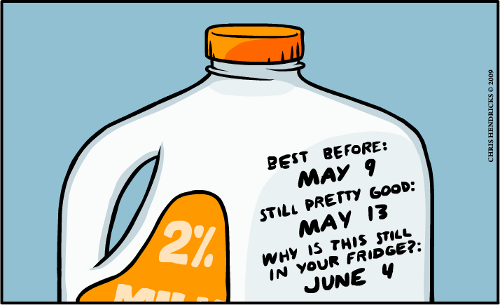
Let’s consider the next step being Shelf Testing. Before you produce your product, you want to know what happens to your product after being exposed to different levels of heat, cold, light, etc. Are any bacteria growing? What about yeast, pH, mold, salmonella, E. Coli, listeria, staph, aureus etc.? How long will your product be on the shelf before the color or taste or aroma begin to change? And this isn’t just a “nice to have”. Retailers and Distributors may request to see the shelf life test results.
According to RL Food Testing Lab, Product Safety Testing will take different times depending on the type of item you are testing.
Here are a few examples:
- Beef Jerky 9 months – 1 year
- BBQ Sauces 4 months – 6 months
- Pasteurized Dairy Products: 3 weeks
- Raw Juices 5 days
- Cakes, Cookies & Other Bakery Goods WITH preservatives 30 days
- Salsa 3 months – 4 months
But now, you need to test for shelf life. How long will your product last before going bad or before losing taste, aroma or even color?
The rule of thumb regarding shelf life testing, depending on the product, is that a product needs 1 week of testing for every month of shelf life you are looking for. But, that timeline may be a little bit over cautious. For the sake of this article, let’s say it takes you 90-120 days until you get your test results.
Cascadia Managing Brands is a strategy, brand management and sales execution firm that helps startups succeed. In this bi-weekly series Bill Sipper, Managing partner, shares his insights on:
Product Formulation
Certifications & Testing
Future articles will discuss:
Brand Positioning and Logo and Label Development
Intellectual Property and FDA Compliance
Point of Sale Material and Presentation
Liability Insurance
Distribution Strategy
Sales Execution
Overall Timeline
The Great Recycling Con Job?
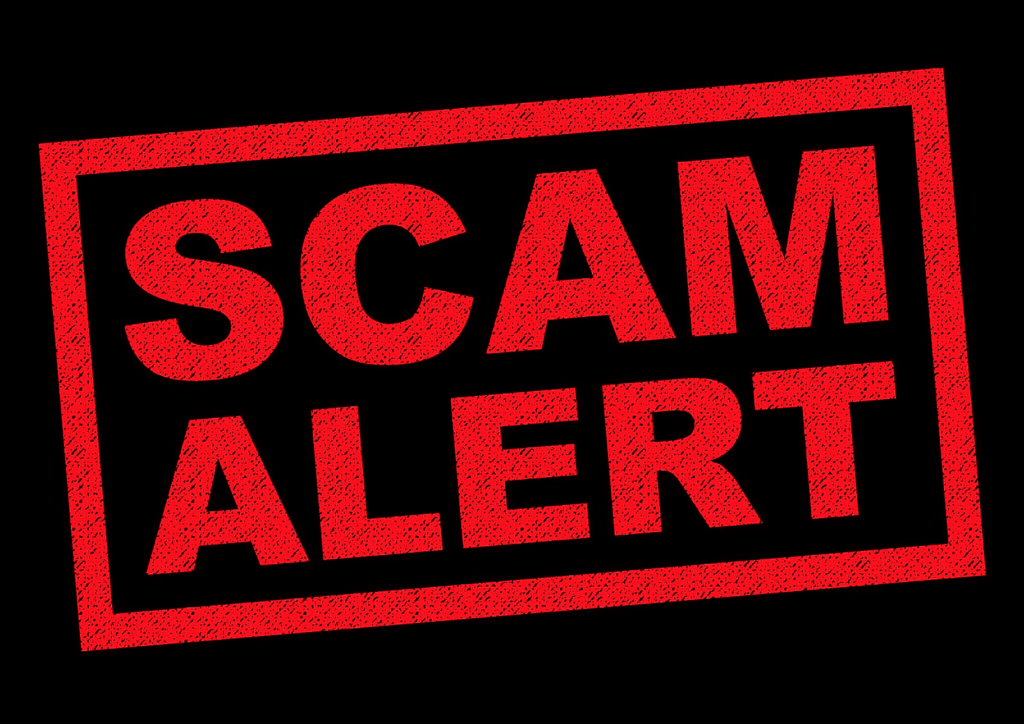
We are all today brought up with the belief that recycling is important. Experts, people of power, and organizations constantly tell us that recycling is vital if we want to ‘save the planet.’ However, the reality is far more complex, and there’s a lot more to it than you might think.
First of all, when we’re environmentally conscious, we are not only saving the planet, we are saving ourselves. It’s presumptuous to think that any of our individual actions can destroy or save the planet on a global level. We are just one living organism among a whole host of living organisms on Earth that has occupied it for millions of years. They all came and went, and the planet is still here. We are a mere second in the entire existence of the world.
In essence, all the bad we do to the planet will only lead to our own extinction, and the Earth will continue to exist long after our demise.
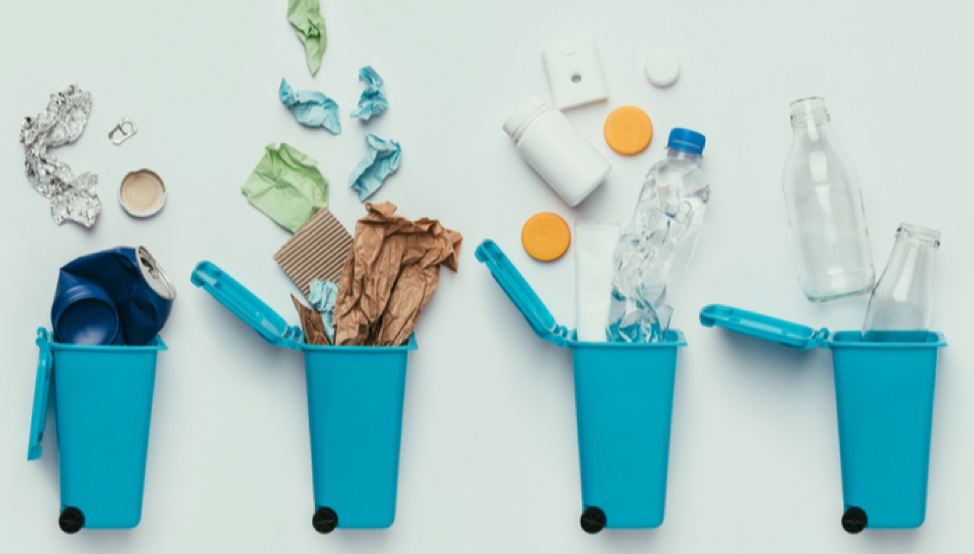
But besides the fact that we are not saving the planet when we recycle, we are also not really recycling. At least not in the way we are told. You want to know why? It’s a long story, but by the end of this post, you’ll know the real truth about recycling – the one no one will tell you.
Before we begin, you have to understand how recycling works in this day and age. Let’s begin:
How Recycling Works
Recycling has been around for long enough that the very word has come to symbolize one thing – turning something that is no longer useful anymore into something new instead of throwing it away. But how does the recycling process work exactly?
We, regular citizens, throw our recyclable waste into the eponymous blue bin instead of the regular garbage can. A recycling truck comes and picks up the recyclable waste we throw away. The truck then takes the garbage to the recycling plant. There, a very complicated process happens through which all of that garbage is turned into raw materials that can then be turned into something completely new.
Naturally, the process is not endless. Every recyclable product is usually down-cycled, which means that the new product can never be the same as the original. For example, when old newspapers are recycled, the paper will still contain residue ink, and the fibers within the paper will be much shorter and weaker. For that reason, the recycled material won’t be as desirable for the same product, but it can still be used for something else. The same thing happens with most other products. And after a couple of rounds through the recycling processes, the material will reach a point where it will no longer be usable. So, returning to our example of paper, after it’s been recycled repeatedly, the paper will no longer be usable and can only be discarded.
However, that doesn’t mean that some products can’t be up-cycled, because they can. By being smart, we can turn certain products into even better ones. For example, one could make a whole furniture piece out of old plastic or aluminum cans and a bunch of newspapers. Even old wood can be reused to create something new and equally beautiful. However, in the majority of cases, products are only down-cycled and eventually become unusable.
So, is that the truth about recycling? Well, yes, but there is still more to it. This is just a lesser-known fact about recycling, but there is still the big truth that will completely alter your opinion on recycling.
What the Companies Don’t Want You to Know About Recycling
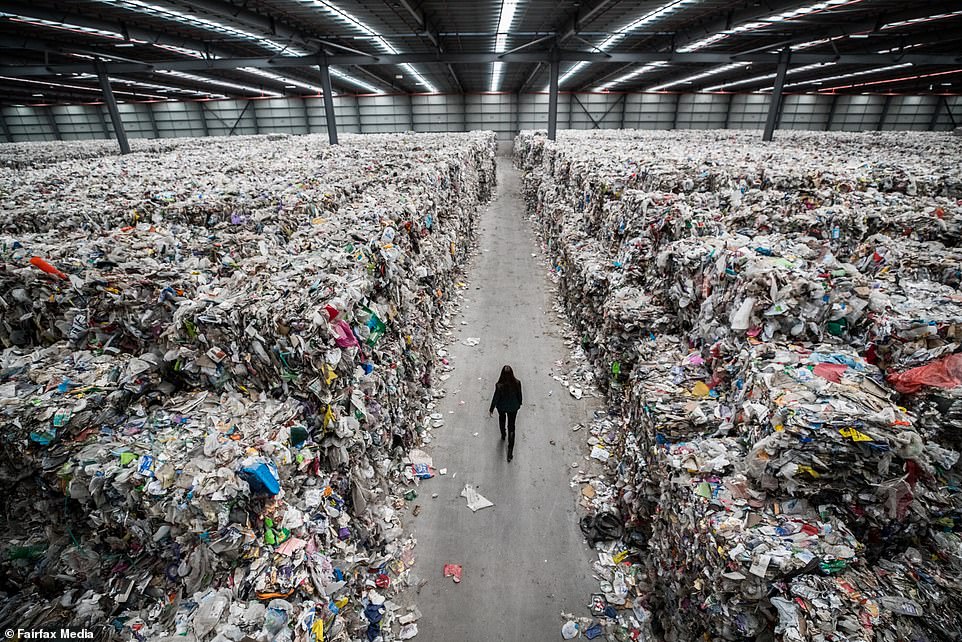
As it turns out, there is a lot that companies aren’t saying. It’s as if they are covering up the big truth, or several of them. The biggest one is the fact that not all plastic is recyclable. This is important because the biggest polluter among the waste we create is plastic. The main reason for this is the amount of plastic we create and how long it takes for it to decompose.
For example, it takes only two weeks for paper to decompose, which is why paper garbage is not a big problem in the world. The real problem is the amount of trees we chop down to make it. But I digress. Organic waste decomposes fairly quickly as well, from a few weeks to a couple of months. The real problem is the materials that take very long to decompose. For instance, nylon fabric takes up to 40 years to decompose, while rubber takes as much as 80 years.
But all of these relatively common products are nothing in comparison to plastic. It takes plastic a whopping 450 years to decompose! Once you take into account that plastic was invented in 1907, you quickly realize that none of the plastic that has ever been produced has decomposed by now. All of it is still here. And do you know how much of it? The latest study from 2017 states that 91% of all plastic never gets recycled. That’s around 8.3 billion metric tons of plastic, and all of it is now waste. What’s more, only 12% of all the plastic that has ever been made has been incinerated. The rest of it is polluting our land and the world’s oceans.
According to National Geographic, A whopping 91% of plastic isn’t recycled, even though we put them in those blue bins! Many mixed plastic and paper cartons (Tetra Pak for example) do not get recycled, contributing to 78 million tons of packaging waste in U.S. landfills as of 2015.
To an extent, this is our fault. But mostly, it is the fault of the brands that create plastic products. For example, Coca Cola has recently been named as the world’s biggest plastic polluter for 2019 – again. An audit that was conducted by Break Free From Plastic, an environmental justice group, has shown that Coca Cola makes 43% of all plastic waste. Nestle and then Pepsi follow Coca Cola as the world’s biggest plastic polluters.
The problem with all of this is that not even the previously mentioned 450-year mark is certain. We don’t know for sure how long it takes for plastic to decompose as none of it has existed long enough to decompose. Therefore, 450 years is just an estimate.
Now, most of us believe that we are doing good when we recycle plastic. So, in essence, if all of us were to start recycling, there will be no plastic waste in the world, right? Well, that’s very wrong. Remember what we said before? The part that mentioned that not all plastic is recyclable? We were talking about the plastic that’s put in the blue bins – the one that’s recyclable according to their label. As it turns out, out of the seven types of plastic that are ‘recyclable’, five of them hardly get recycled at all. According to the Environmental Protection Agency (EPA), out of all the plastic that was put up for recycling in 2017, only 8.4% of it was ultimately recycled. The other 91.6% went to the many landfills and into the ocean. The same report from the EPA states that, on average, 50% of all other waste is usually recycled. So yes, the biggest issue is plastic.
If you think this is already very bad, you will be surprised to know that it used to be better, at least for the United States. It seems that the US used to send about 20 million tons of garbage to China, and they were the ones who were supposed to deal with it. But in the end, they decided that they were not going to do our recycling for us. The same happened in the Philippines and Malaysia. As it turns out, these countries began to have their own environmental issues when it comes to waste. Now, many states or counties in the US don’t even have good recycling programs anymore because of this.
This brings us to the second big truth.
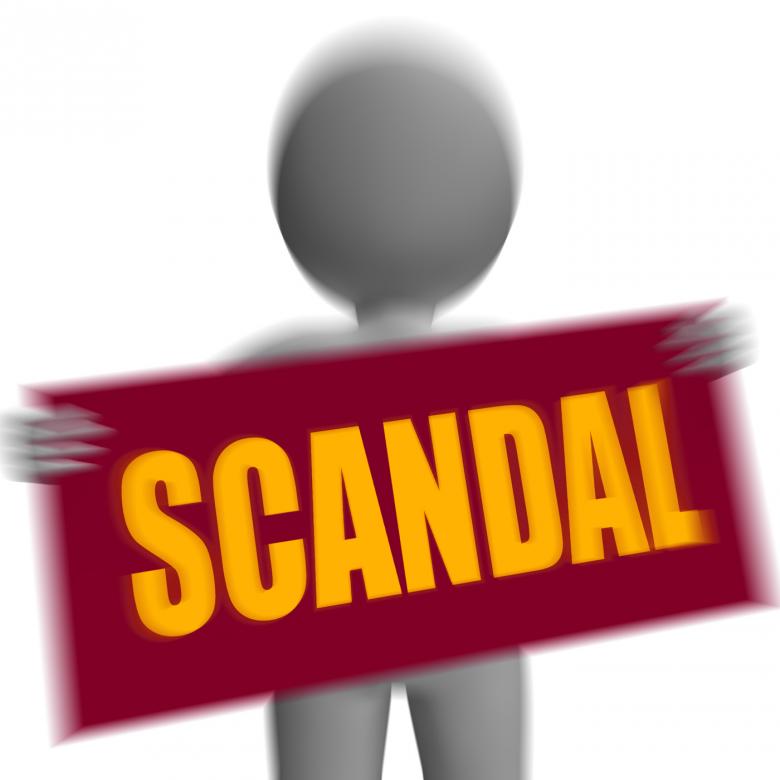
What the FTC Doesn’t Want You to Know About Recycling
The second big truth about recycling involves the FTC or the Federal Trade Commission. As you are probably already aware, most products we buy have that small green triangle symbol that denotes that the packaging is recyclable.
The FTC is the one that allows companies to put this symbol on their packaging. With that in mind, you would expect the commission to have some specific and strict rules which force the companies to create fully recyclable packaging. But alas, that’s as far from the truth as one could get.
The rules and guidelines set by the FTC are very complicated, so I won’t get into them as I don’t even understand them entirely. But what I do get and what it all boils down to is that companies can find many loopholes and vague rules that allow them to put the little triangular symbol on almost anything. And what ends up happening is that a significant portion of the products that boast that symbol still don’t get recycled in the end.
The best example of this is the famous Tetra Pak packaging that’s widely used across the globe, not just in America. As it turns out, Tetra Pak is not as recyclable as we are led to believe. According to the regulations set by the FTC, it is recyclable, but according to common sense, it’s not. That’s because the process used to recycle Tetra Pak is overly complicated and rarely used. Plus, parts of the Tetra Pak don’t get recycled. The result is that a lot of the Tetra Pak packages end up in landfills or the ocean as not all of it is recycled.
Paper, plastic, and aluminum are layered together to make cartons: A typical shelf-stable carton averages 74 percent paper, 22 percent plastic, and 4 percent aluminum. A familiar form of this packaging is unrefrigerated soup or wine cartons.
Refrigerated cartons skip the aluminum and usually contain an 80 percent paper and 20 percent plastic combination to hold in the liquid. The Carton Council of Canada provides extensive information about the composition of different types of cartons and their recyclability.
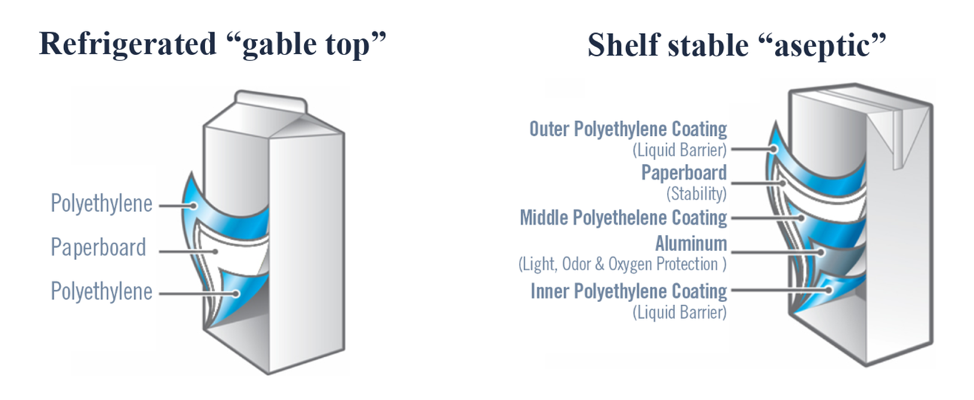
Source: Carton Council
Tetra Pak is just one example. Many other products are allowed to have recyclable labels on them, and yet they rarely end up being recycled. Even though that’s the case, the companies that create these products want us to believe that recycling is good and vital for us. By doing that, they keep us wanting to buy their products. Because for as long as we are incredibly eco-friendly, we will continue to purchase their products, knowing that what we throw them in the big blue bin will that will send them to the recycling plants. It’s a win-win situation, the companies make money, and we are all eco-friendly in the end. But, as you can see, we aren’t, not really.
So, if so much of the garbage we make ends up in a landfill or the ocean, is there even a point to recycling? Yes, there is.
Key Takeaways
Even though the big truth is that so little of what’s supposed to be recycled ends up being recycled, it’s still vital for us to keep recycling our waste. None of this changes the fact that a lot of the garbage we create ends up in the recycling plant. And even though a large portion of it doesn’t, that shouldn’t mean we should stop trying altogether. The little effort we make still means something. And it’s not like we can stop buying everything just because we know it might not get recycled.
What we really need is for the FTC to start making better rules. We need those guidelines to be stricter so that companies are forced to create products that will always end up recycled. We also need them to enforce real penalties and impose massive fees for those that don’t follow the guidelines.
However, we also need companies to start finding ways to deal with the plastic and other waste they create that ends up in the landfills and oceans. They are the ones causing the biggest problem with the waste crisis we have today.
We also need consumers to buy less plastic. Switch to cans and glass whenever you can. Almost everything you can buy in plastic is available in glass or cans. Ask your retailer to purchase more can and glass beverages. You have responsibility too.
I feel that the first step towards real change is for all of us to learn the whole truth. Once we do, we can start spreading it. The more people who know the truth and react to it, the more the government and the companies can work towards fixing the mess they created.
In the meantime, you should keep following my blog because more stories like this one are going to follow!
The History of the Beverage Industry (Part 6): The Story of the Smoothie
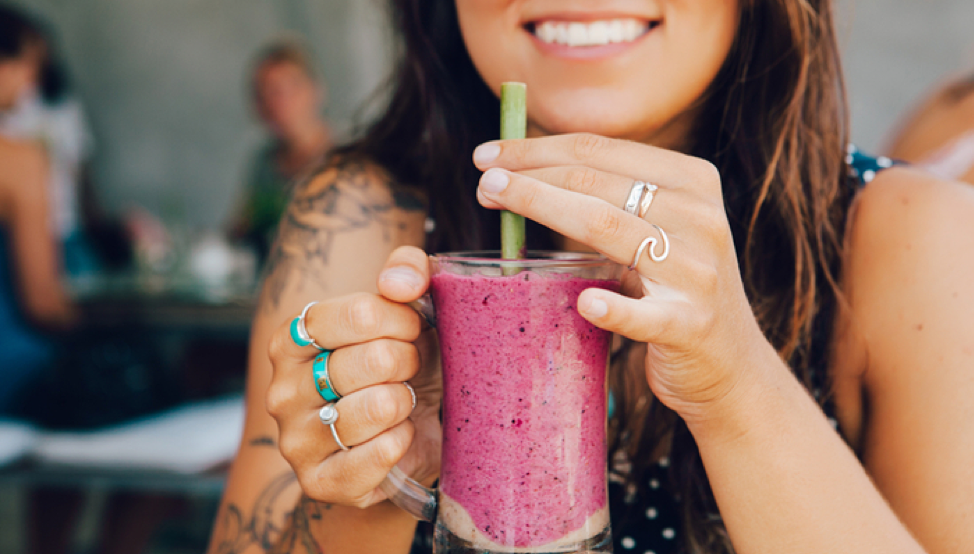
Well, we’ve already reached the sixth article in the series. The beverage industry is big and has a lot of different products that deserve to have their own piece. After the bit on energy drinks, it’s time to cover other sweet beverages that so many people around the world adore, some maybe too much! I am, of course, talking about the smoothie, the delicious drink both kids and adults love.
We’ll cover the origins and the history of the beverage, its development, where the industry is today, and of course, the most popular brands. Let’s begin.
What Is a Smoothie?
We already talked about juices in general, but smoothies and other similar drinks didn’t get their fair share. You should take a look at that article if you want to learn more about juices, but for now, we’ll concentrate on smoothies now.
The smoothie is in many ways a juice, but it’s also very unique, as well. It’s always made from either pureed raw fruits, vegetables, or even dairy products. With so many different foods existing in these categories, the variants of smoothies are almost endless. People tend to make their own types as well, including other products and creating something new and unique by simply mixing it all in a blender.
The smoothies we see today have evolved a lot, and they tend to include additional ingredients like sweeteners (sugar, honey, stevia), fruit juices, water, crushed ice, different powders, seeds, nuts, and more.
One main thing that connects all smoothies is that they are supposedly very healthy. However, that all depends on the ingredients being used. We’ll cover the health benefits of smoothies later on in the article.
The Origin of the Smoothie
As you can expect, due to the simplicity of the drink, smoothies have been around for centuries. Many cultures across the globe have been making pureed fruit drinks for ages, like the people of South America, for example.
The Indian subcontinent has its own form of a smoothie and has had it for a long time. It’s called Lassi, a yogurt-based blend that also uses water, spices, and often fruit. The mango-based sweet lassis are more like fruit infused milkshakes, which brings us to one thing that must be mentioned – milkshakes and smoothies are two distinct beverages that shouldn’t be grouped into one category, despite their apparent similarities. The main difference is in the fact that smoothies can be meal-replacements, as they are rich in vitamins and minerals, while milkshakes are more like deserts. Smoothies are often fruit and vegetable based while milkshakes are often ice cream based.
But I digress. Smoothies, as we know them today, were first made in the 1930s. The name smoothie came to be a few years earlier, but it wasn’t first used to describe the drink we know today. The word was only used to describe a person who is self-assured and suave, especially when communicating with the opposing sex.
The very concept of the smoothie we know today was accidentally created by a man called Julius Freed in the 1920s. He suffered from a sensitive stomach, and he found that a fresh orange juice that’s more bubbly and less acidic was something that he could enjoy. So he created Orange Julius, which is today one of the longest-running fruit drink makers in the world. As of 1987, Orange Julius is a subsidiary of Dairy Queen, which is a subsidiary of Berkshire Hathaway.
The Influence Blenders Had (and Still Have) on Smoothies
The first smoothies that followed were fairly simple. They only had fruit, fruit juice, and ice, but they were still very obscure, especially in the United States. Until the blender was first made, making smoothies was virtually impossible in America. In fact, the origin of the smoothie is closely tied to the origin of the blender. People were not really interested in smoothies before the blender – it was this device that made smoothies widely available to the masses.
The first blender was made by a Polish-American chemist, Stephen Poplawski, with his Stevens Electric Company in 1919. However, it was a simple drink mixer, and Fred Waring made the first real blender in 1937. The Waring Blendor (and no, that is not a spelling error) popularized the smoothie in the United States during the 1940s. Other blenders quickly followed, and they further spread the popularity of the drink. It’s important to mention the fairly recent Vita-Mix, a blender that genuinely revolutionized the smoothie industry. It was made to be powerful enough to grind all the ingredients (even raw vegetables and nuts) into a smooth paste, making it perfect for making smoothies.
Further Development of Smoothies
The first smoothies were, as we said, fairly simple. The leading marketing connected to them was simple, as well. Most smoothies were marketed as a tasty, refreshing beverage that can quench your thirst. They still had a ways to go before becoming the meal replacement beverage we know today.
Talking about healthy, the hippie culture had a significant influence on the evolution of the smoothie. In the 60s and 70s, the U.S. was witnessing a sort-of rebirth of vegetarianism and the rise of veganism. Hippies and others propagated healthy living and healthy diets. That made many turn to organic and natural products that would keep them healthy and fit.
That caused many businesses to start opening health food stores across the country, and these stores started selling blended fruit drinks.
Jack LaLanne, an American fitness and nutrition expert and motivational speaker, also had a significant influence in popularizing smoothies and other healthy juices. He is often dubbed as the Godfather of Fitness, which should help you understand how influential he was in the 50s, 60s, and 70s. He started promoting health and fitness before celebrities who are today well-known as the leading promoters. He was also the first person in the U.S. to open a gym and health food store. What’s more, he was the first to discover the weight loss meal replacement drink and created several smoothie recipes that many still use to this day.
The Smoothie King Franchise
When discussing the history and evolution of the smoothie, we cannot skip the Smoothie King franchise.
A man named Steve Kuhnau experimented with smoothie recipes for years, and in 1973 he finally made one that he could truly enjoy. You most likely think that he probably had a sensitive stomach like Julius Freed, but Steven was actually lactose intolerant. He wanted to drink something similar to milkshakes that many others around him were able to drink, so he invented his own drink. He mixed fruit, various nutrients and vitamins, and created a custom blend that is known to many today. The drink turned out to be very delicious, and it also regulated his blood sugar to an extent. He decided that his drink was a good business idea and that others should have a chance to enjoy it, so he created the Smoothie King company that still exists today.
He decided on the word smoothie, as his primary demographic were hippies, who already loved the health and fitness benefits these types of drinks provided. Plus, the term was already well-known among the hippie community and many others who loved similar health foods and drinks.
The first store was opened in 1989, and in 2003, the company went international. In 2012, it was acquired by a South Korean franchisee, who then popularized the drink in South Korea. As it was spreading across the United States, it eventually made the term smoothie a household word.
In 2018, the franchise opened its 1,001st store, and now it boasts revenues of almost half a billion dollars annually.
Other Popular Smoothie Brands
- Odwalla
The Odwalla company was established in 1980 as a seller of food bars, juices, and smoothies. The first Odwalla products were marketed as a way for people to break free from over-processed foods that exist everywhere.
The company expanded massively in the 1990s, but it suffered some losses when it was discovered that one of its batches was contaminated with E. coli. It took some time for the company to rehabilitate its brand. In 2000, they acquired Fresh Samantha, another juice and smoothie company. They soon shut down the Fresh Samantha brand and started selling everything under the Odwalla brand.
Odwalla was soon acquired by the Coca Cola company in its effort to move into the non-carbonated drinks industry. The Odwalla brand is still connected to its Superfood smoothie line of drinks.
- Naked Juice
The Naked Juice brand was born in America in 1983 as a company that makes juices and smoothies.
The brand started small but quickly expanded. Jimmy Rosenberg and David Bleeden created the first fruit juices with the Naked Juice name and sold them from home. As they expanded, their company reached massive heights, and their main rival became the industry leader Odwalla.
As Coca Cola had purchased Odwalla, it didn’t take long for its rival Pepsi to buy Naked Juice. The acquisition enabled Naked Juice drinks to be sold across the United States, Canada, and the U.K.
The company today has more than 20 different drinks, some of which are in juice form, while others are smoothies. All drinks are 100% fruit and vegetable drinks.
Besides these two and the other brand names we mentioned, there are plenty of other smoothie makers:
- Bolthouse Farms – known for carrot smoothies
- Dr. Smoothie Brands – known for smoothie powder mixes without artificial ingredients
- Jamba Juice Company – sells all sorts of fruit and vegetable smoothies, protein smoothies, and others
- Tropical Smoothie Café – sells different smoothies in more than 700 cafes across the United States
- Daily Harvest – one of the fastest-growing e-commerce brands that sells ready-to-drink smoothies
The smoothie industry today is quickly growing, mostly because of the growing popularity of healthy drinks and foods across the globe. The size of the industry is $150 billion and is expected to grow significantly in the following years.
I was lucky to serve as Vice President of Sales, Marketing, Distribution and Operations at Fresh Samantha/Odwalla and Vice President of Marketing at Naked Juice.
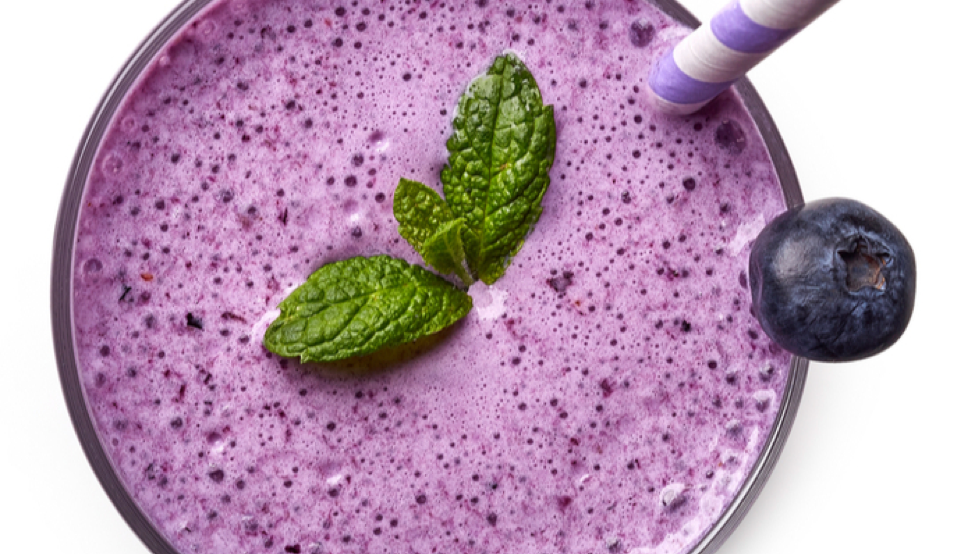
How Healthy Are Smoothies?
The supposed health benefits of the smoothie are directly related to what’s included in each specific smoothie.
Store-bought smoothies tend to have a lot of sugar and calories, as well. Many smoothies from popular brands we discussed here are so full of calories that they could be akin to a couple of chocolate bars.
The unfortunate truth is that these smoothies can be a substitute for meals only because they are large and contain a massive number of calories (often reaching the 1,000 mark).
All of that means that the best smoothies are the ones you make on your own. You need to try to stick to fruits and vegetables only, without adding sugars and fruits that have high sugar contents. However, don’t expect such smoothies to be completely satisfying. The very fact that they are liquids is enough to explain that they cannot be as fulfilling as solid foods. However, they will undoubtedly be very healthy, or as healthy as the ingredients in them are.
Key Takeaways
The history and evolution of the smoothie is a rich and interesting one. Pureed fruit mixes are as old as many cultures across the world, but the modern smoothie we know today is not.
However, as you’ve witnessed, in less than a hundred years, the smoothie industry has reached tremendous heights. From the humble beginnings of small house brands, the smoothies expanded as the blender was created. The hippie culture and health and fitness coaches popularized them, and the brands that followed made the smoothie a household name.
Today, the industry is continuing to grow at an extremely fast rate due to the renewed health and fitness craze we are witnessing. There’s no way to tell what will happen in the near or distant future, but we will be sure to continue following the trends. You should do the same, as that could help you create something of your own, maybe even as unique and popular as the brands we discussed here.
For further information about Cascadia Managing Brands, please go to www.cascadiafoodbev.com.
The History of the Beverage Industry (Part 4): How Bottled Water Changed the Industry
Bottled Water History
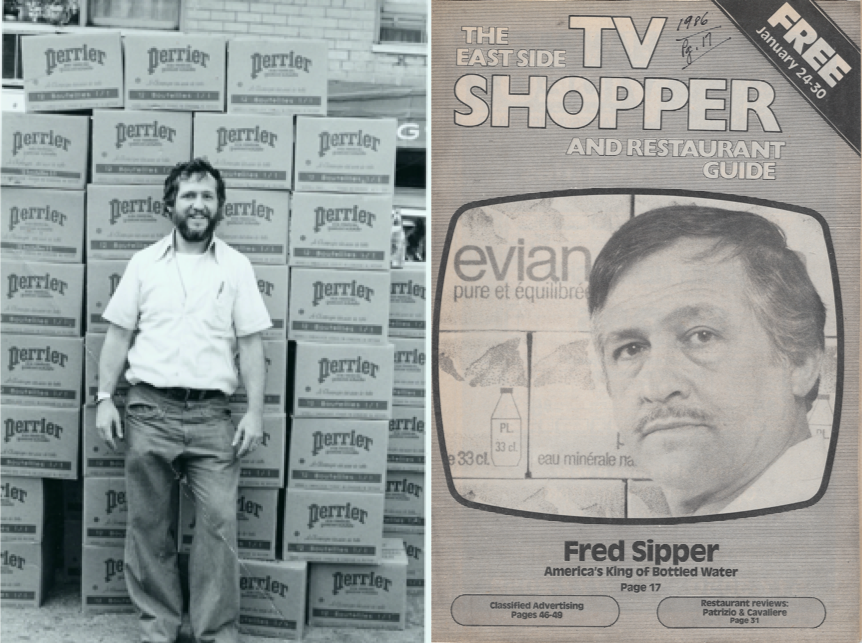
What about Bottled Water?
Unlike sports drinks, bottled water has a much longer history. Even though we humans started transporting water in vessels since the dawn of the first civilizations, bottling of it started much later in the early 17th century. The craze for bottled water in the United States started much later, though, in the 1970s.
In 1621, the first bottling of water began at the Holy Well in the United Kingdom. It was a humble beginning in one bottling plant. That doesn’t exist anymore, but the Malvern water from the springs in this area is still bottled to this day.
The practice started in the UK, then spread across Europe and subsequently to North America during the 1700s. The method gained in popularity as natural springs are believed to have many healing properties. Even though it was popular, bottled water only started being commercially distributed in 1767 by Jackson’s Spa in Boston. All the while, bottled water was mostly created and sold as a medicinal remedy by pharmacists.
In the 1800s, technological innovations allowed for some improvements to the practice. These mostly consisted of cheaper glass bottles and significantly faster bottling. Thanks to this, bottled water grew in popularity even more.
The popularity of bottled water in the 20th Century somewhat declined, especially in the US. This was mostly due to the invention of water chlorination, which reduced the dangers of drinking water available from the public supply. However, bottled water still persisted in Europe, and in the 1970s, became popular again.
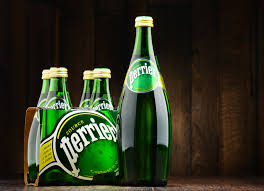
In the mid to late 1970s Perrier managed to position itself as the ‘Earth’s First Soft Drink’, thanks to Bruce Nevens and James Stevens, the first US CEO and VP Marketing respectively (and later the inventors of Chipwich Ice Cream Sandwiches). Perrier started bottled water’s commercial dominance. Perrier is now known throughout the world for its high level of carbonation and especially for its distinctive green bottle. It’s now owned by Nestlé.
But back in the day, a retailer named Fred Sipper, whom Smithsonian Magazine once called the “King of Bottled Water”, started selling Perrier in his small grocery store in New York City in 1960 called Irving’s Food Center. At the time, though what was to become a revolutionary idea, started out as a ploy to attract more consumers to his supermarket. Irving’s Food Center had a lot of European customers, especially French clientele, and his tactic worked.
Fred first purchased cases at a time. Then he started running full page advertisements in The New York Times to promote Perrier and Irving’s Food Center. He began purchasing and selling pallets of Perrier and then overseas containers from France. Unfortunately, the grocery store was too small to handle that type of volume and he opened a warehouse and a new wholesale distribution company called Mootch and Muck, affectionately named after his parents’ nicknames for one another.
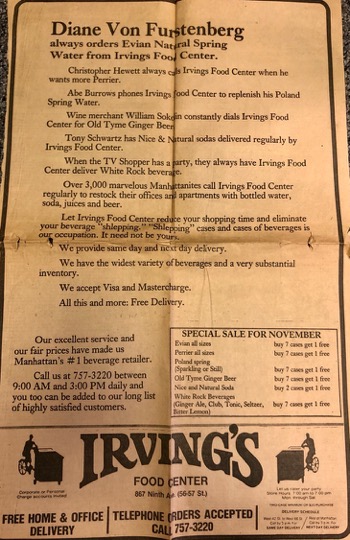
Bruce Nevens and Jim Stevens were great marketers, constantly looking to cater to the upscale NYC clubs, restaurants, and hotels, etc.
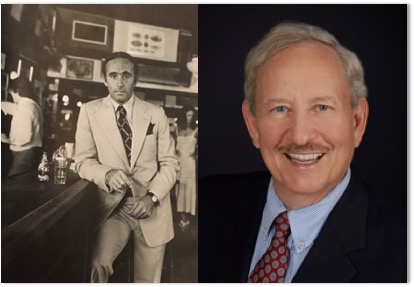
The business grew and Fred added other bottled water brands including Evian, San Pellegrino, Poland Spring, Mountain Valley, Aqua Panna, Contrexevelle, Badoit, Apollinaris, Gerolsteiner, Ferrarelle (to be re-launched in the United States by Evian in 2020) and many more. He eventually convinced the major and many minor retailers, as well as the trendy restaurants and clubs to sell the first bottled waters in New York and New Jersey.
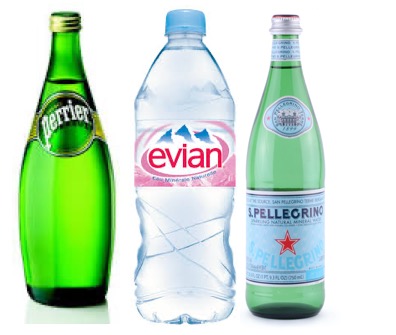
Fred opened his first warehouse to distribute bottled water in the mid 1970s. The first warehouse was 1000 square feet and housed mostly Perrier. The second warehouse opened in 1982 and was 35,000 square feet; the next a 60,000 square foot warehouse on Grand Avenue, and then 100,000 square feet in 1985 in Williamsburg, Brooklyn.
From 1976-1988 Fred was the exclusive Evian distributor for the NY ADI. Mootch and Much was also the first Vitamin Water distributor and shared the exclusive distribution rights to San Pellegrino with a food service distributor.
In came Jack Maguire, a savvy former Vice President of Canada Dry, and the first CEO of Evian USA, then called Great Waters of France. Jack was a great marketer and teamed up with Fred to create the largest bottled water empire in the USA for many years. In fact, Fred and Jack participated and sponsored the NYC Marathon and catered at first to runners. Both would run in Central Park at mid-day together to train for the event in pink Evian shirts and sweats, and of course always with a bottle of glass Evian, there was no plastic at that time in their hands.
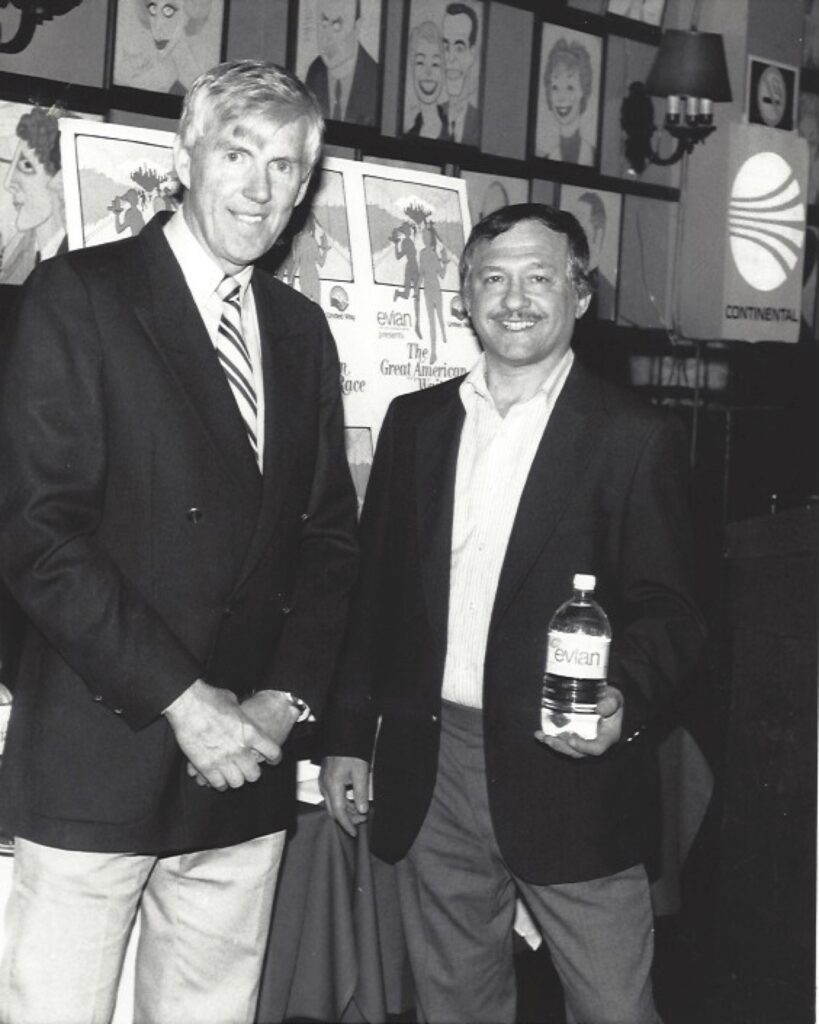
Fred developed the first bottled water program where he would visit the swankiest upscale restaurants, hotels, and clubs in Manhattan. His first questions was, “how much money do you make on the free bread you give out? What about the free tap water you serve with ice that you pay for?” They soon began to realize that a bottle of Evian at the table could add 15% to their checks. Fred would also interview the wait staff and initiate his Evian Waiter Program which consisted of training the waiter to convince their customers to buy Evian so that their tips would increase by at least $1.00 per client, if their customer only bought one bottle.
He made an arrangement to meet with all the waiters and outlined his program: 1) When the customer sat down, there would be a bottle of Evian on every table. 2) No glasses of tap water were visible. 3) and if they convinced the client to buy the Evian their tips went up. Since the average waiter would wait on more than 30 tables per night, he or she would earn an extra $30 per night.
He also advised them about the Evian Mystery who would unknowingly have dinner in their restaurant during a defined period of time. If the waiter even mentioned Evian, the waiter would receive $100 on the spot.
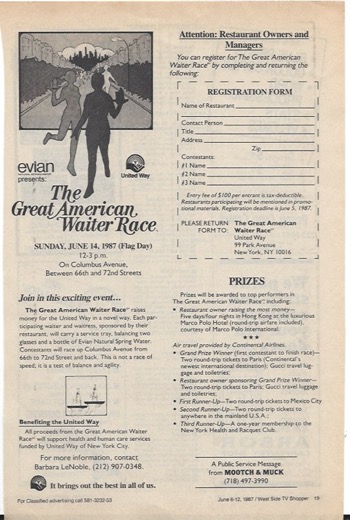
Simultaneously, he convinced chain store buyers to create the first bottled water sections in their stores. He offered a free fill for every inch of space they gave them. And if the product didn’t sell, at the end of the month he promised to purchase any unsold merchandise at full retail price. The result: He never had to buy back any bottles.
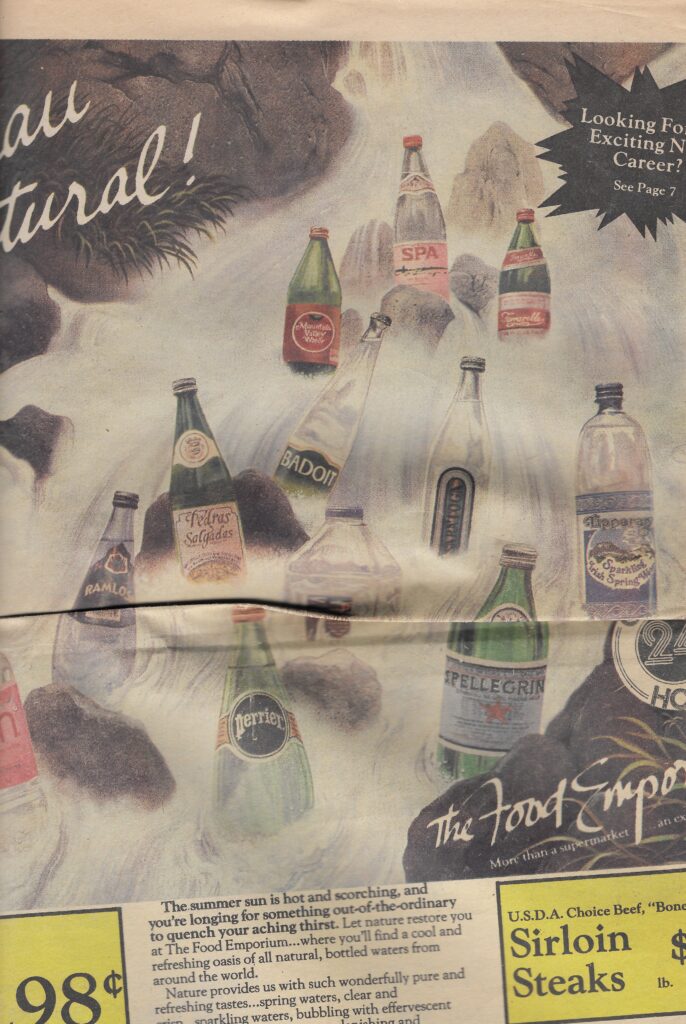
worked with Fred to launch their Bottled Water Spectacular, a one week bottled water promotion four times per year
Fred and Jack convinced Marvin Taub at Bloomingdales to display Evian in their stores and sample consumers in high end departments like fur and expensive women’s clothing. Taub wanted a 60 day exclusive when the plastic Evian bottle was introduced. The three parties agreed and then Fred pre-sold all of the city’s supermarket chains leveraging the distribution in Bloomingdales.
To this day and since 2000, Fred consults for the second largest online distributor, second only to Amazon, of non alcoholic beverages, Beverageuniverse.com. He still seeks new bottled waters daily to add to the 290+ kinds and sizes Beverage Universe stocks.
But I digress…and it is time to re-focus on the earlier history.
The Origins of Schweppes and Carbonated Bottled Water
One would think that this is all there is to bottled water, but there’s more to it. In 1783, a Geneva man called Johann Jacob Schweppe developed a process for the manufacturing of bottled and carbonated mineral water. He also founded the now-known Schweppes company that started selling his carbonated water.
This changed the game for the bottled water industry. It was the first time people came into contact with soda water, sparkling water, or seltzer water as we know it in the United States.
Even though Schweppes started the bottling of carbonated water, that water itself had been accidentally developed by Joseph Priestley some 16 years earlier. He discovered that it was possible to imbue water with carbon dioxide. He drank his concoction and later wrote about the unusual satisfaction he gained from drinking it.
Later on, in 1809, bottled carbonated water started gaining popularity in the US as well. Joseph Hawkins got a patent for producing imitation mineral water. As the decades passed, bottles of carbonated water were being sold in the millions.
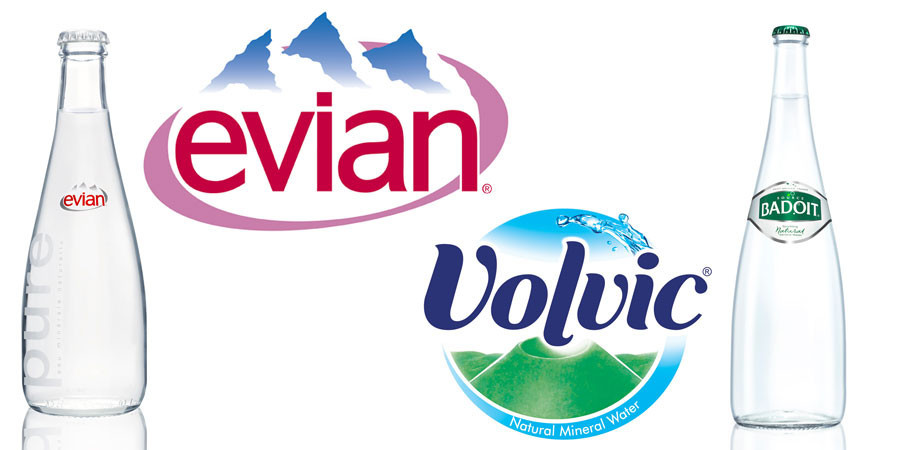
Bottled Water Market and Its Effects
In the 1970’s few people knew about bottled water. However, they started to buy it in droves as negative reports about US water supply surfaced and trendy discos like Studio 54 and restaurants like Elaine’s and clubs like Regines started selling Perrier.
After Perrier took the market by storm, Mootch and Muck added San Pellegrino and Evian to its distribution trucks to build all 3 bottled water brands in the Metro New York area. Poland Spring soon joined along with Calistoga, Arrowhead, Badoit, SPA, and other pioneers.
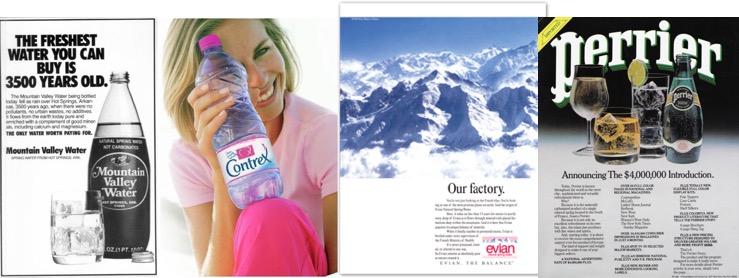
More and more consumers switched from Perrier to non-sparkling waters like Evian and their usage occasions increased. Evian was in fact the first bottled water company to introduce their products in plastic bottles. Once this occurred the bottled water industry exploded. Competitors followed suit using plastic bottles. And sales have continued to increase for every year since the late 1970s.
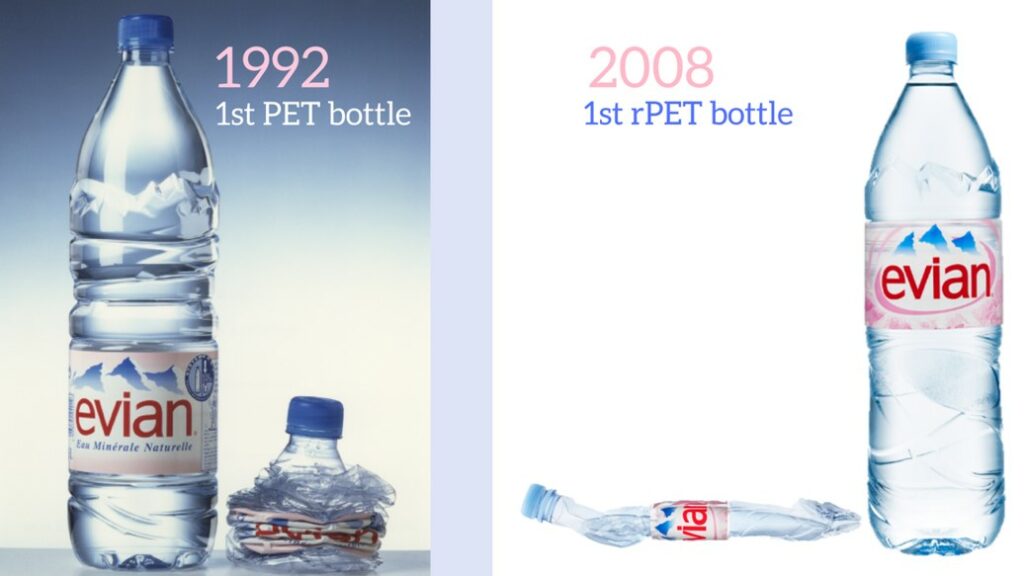
Today, centuries after the first bottled water was produced, the entire market is worth around $200 billion and is expected to reach $330 billion by 2023. The enormous growth of the market is being spearheaded by many conglomerates bottling and selling mineral water and carbonated water, thus easing public concerns across the globe about the safety of tap water.
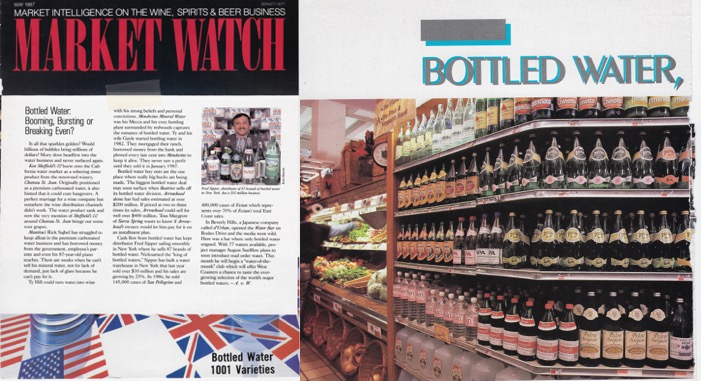
In 2012, the US annual consumption of bottled water reached 9.67 billion gallons (36.6 billion liters) or 30.8 gallons (116.6 liters) per person. As for the world, global consumption reached 300 billion liters or 79.2 billion gallons in 2014.
The consumption of bottled water varies from place to place, and it mostly has to do with how safe tap water is in the area. Bottled water is also used in emergency responses when disaster strikes. However, on the other end of the spectrum, it is critiqued for its negative effect on the environment. The usage of plastic bottles is mainly blamed as plastic has a massively negative impact on the environment. Despite that, most companies still use plastic bottles because it’s much cheaper than glass.
Nestle has become the number one bottled water company in the world. They now own Perrier, San Pellegrino, Poland Springs, Arrowhead, Calistoga, Ozarka, Deer Park, Zephyrhills, Aqua Panna, Vittel and their filtered water brand under the Nestle Pure banner. DANONE now owns Evian, Volvic, Badoit, and more. Coca Cola owns Dasani and Smartwater and Pepsi Cola owns Aqua Fina. Keurig owns CORE.
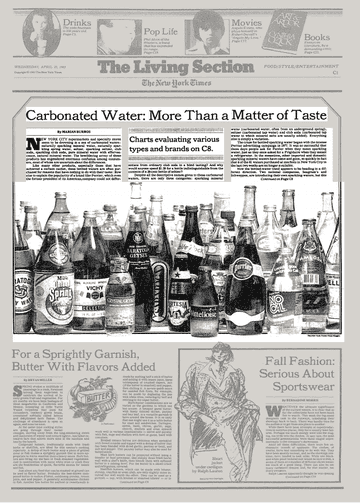
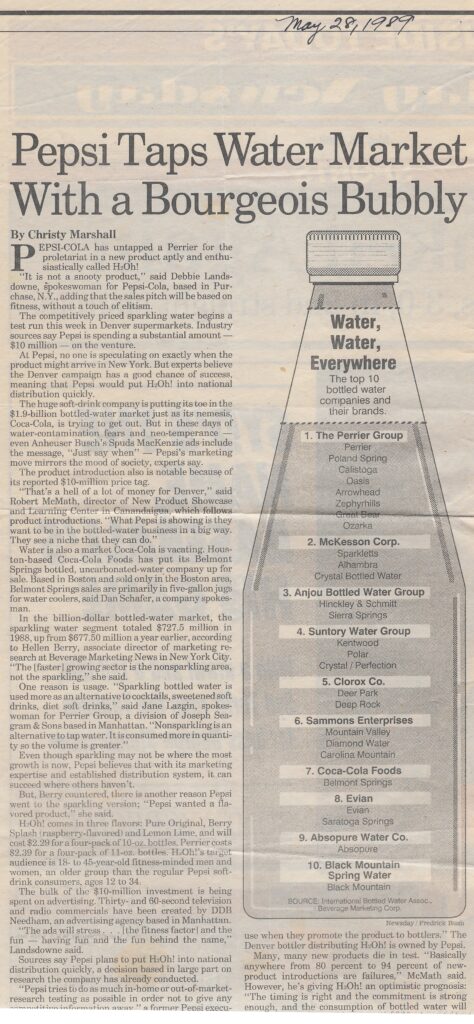
Key Takeaways
Bottled water is now consumed across the globe, with its own distinctive history. Bottled water is a major player in the beverage industry, and its scope is still growing exponentially.
The entire beverage industry continues to evolve, and it is worth the while for every aspiring beverage entrepreneur to stay in touch with the industry insights, as well as to turn to historical takes like this one for clearer perspective. By doing that, you will be better-positioned to create a new shakeup in the industry.
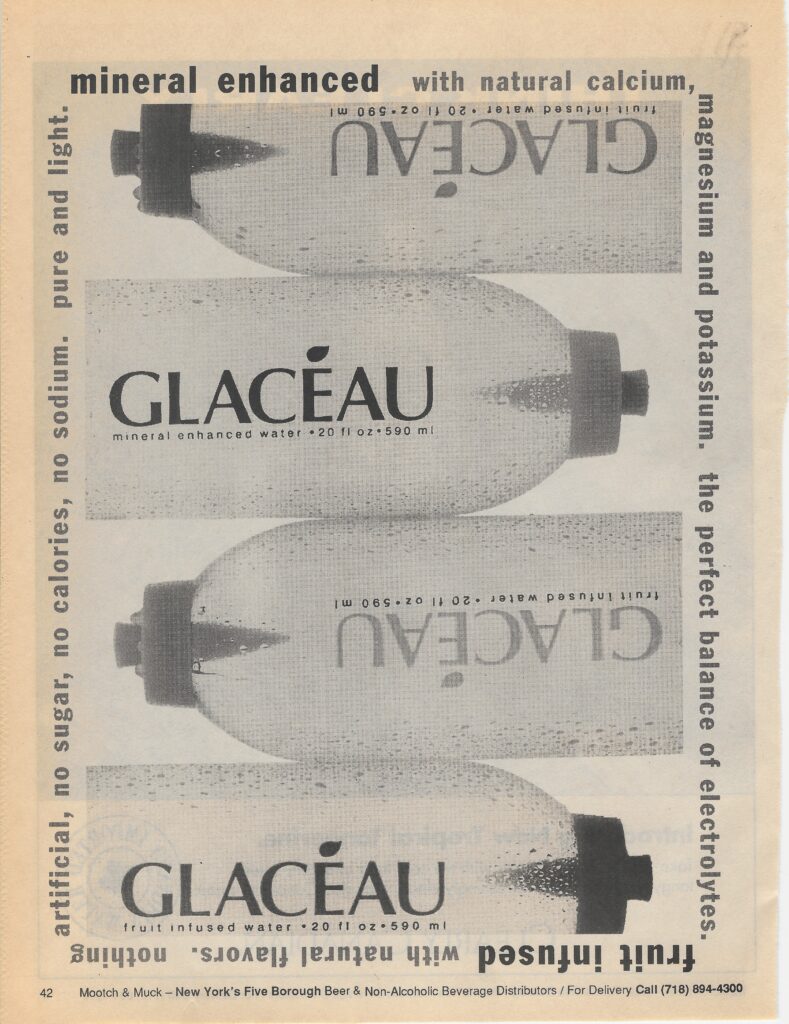
For more information about Cascadia Managing Brands please visit our website.
